OZM in Hamburg: Art Lab for graffiti writing, urban art, visual arts and AI
The OZM in Hamburg was founded in 2007 in the Schanzenviertel. Alex Heimkind developed the concept of the OZM and has repeatedly found premises over the last seventeen years. Active in various locations, it now represents more than 20 artists, many with origins in graffiti writing. The name OZM stands for OneZeroMore, Leibniz’ binary numbers”, stands for “one zero and more” and thus symbolizes an expansion, a further development or an evolution. It is a concept that represents diversity and growth, and also stands for the idea of infinity or continuous change and development. After many years in the OZM Art Space with the OZM Art Space Gallery in the Schanzenviertel, Heimkind’s project evolved and he opened the OZM HAMMERBROOKLYN Exponat shortly before the pandemic in 2019. During the pandemic, artists were able to continue working and works were created inside, as well as on the facades and in the courtyard of the building. The four-storey building in the Hammerbrook district with its winding 3,500 square meters offers an extraordinary experience. How long it will remain open is unclear. Labyrinthine, dark, with only light on the exhibited works, long corridors lead into rooms that are usually dedicated to just one artist with several works. On the last floor, bright and renovated, there is a collection of works by DAIM (Mirko Reisser) as well as a large common room. And there are hundreds of works on all floors leading upstairs. Well-known graffiti artists such as Loomit, DAIM, Darco FBI, ArtOne, MIR, DCN, as well as works by Anna Pokrywiec, GODLING, Lady Wave, Ace Tee, Anek, Davis One, Dirk Vorndamme, Rene Falk Thomasius, Paco Sanchez, Matten Shredconnection, reizflut, SIMO, Raumtaucher, YAMZO, HEIMKIND, OZMAI and by the late Hamburg writer OZ. Heimkind is showing some of Oz’s works here, including unique canvases that the artist left him. The names OZ, OZM and OZMAI make you wonder who OZMAI is. This is the name of the OZM’s AI, developed as an internal AI by computer scientist Yamzo and Alex Heimkind, which also creates art, which is also on display. The OZM (OneZeroMore) is not a conventional art gallery, but an art space, a laboratory, an innovation hub for art and technology, and is intended to be a lively meeting place for artists, art enthusiasts, technology experts and companies. As a non-profit limited company, OZM is dedicated to the mission of making art accessible to all and integrating the latest technologies in the process. OZM’s portfolio, the online sale of art, also offers an interesting opportunity to purchase the works of the artists represented. The proceeds are used to support the artists and to realize socio-ecological projects as well.
Former OZM art space gallery
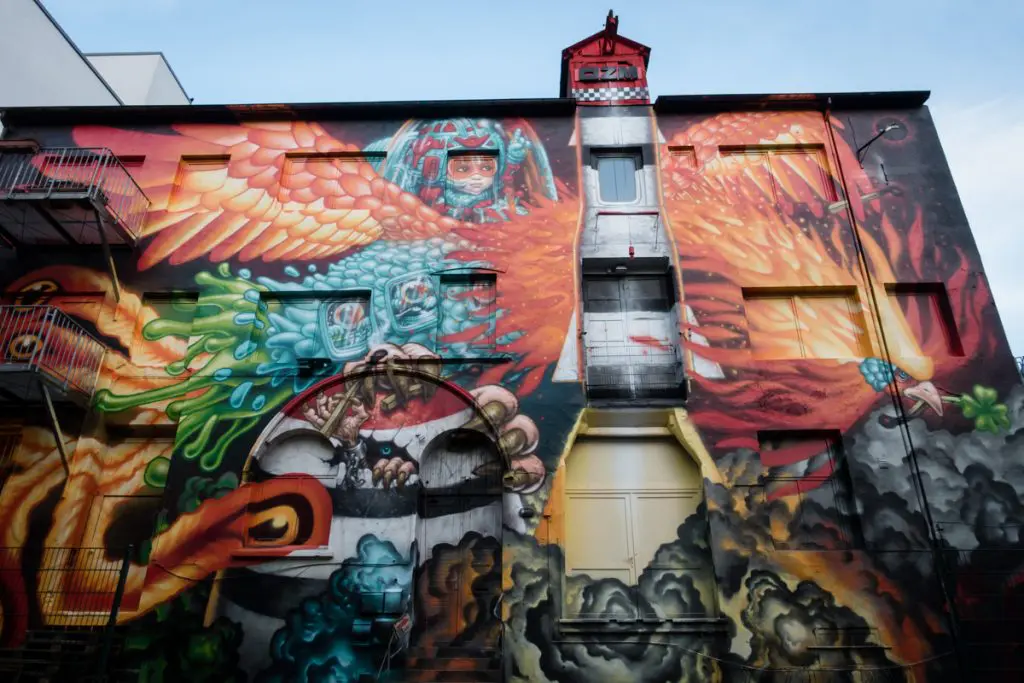
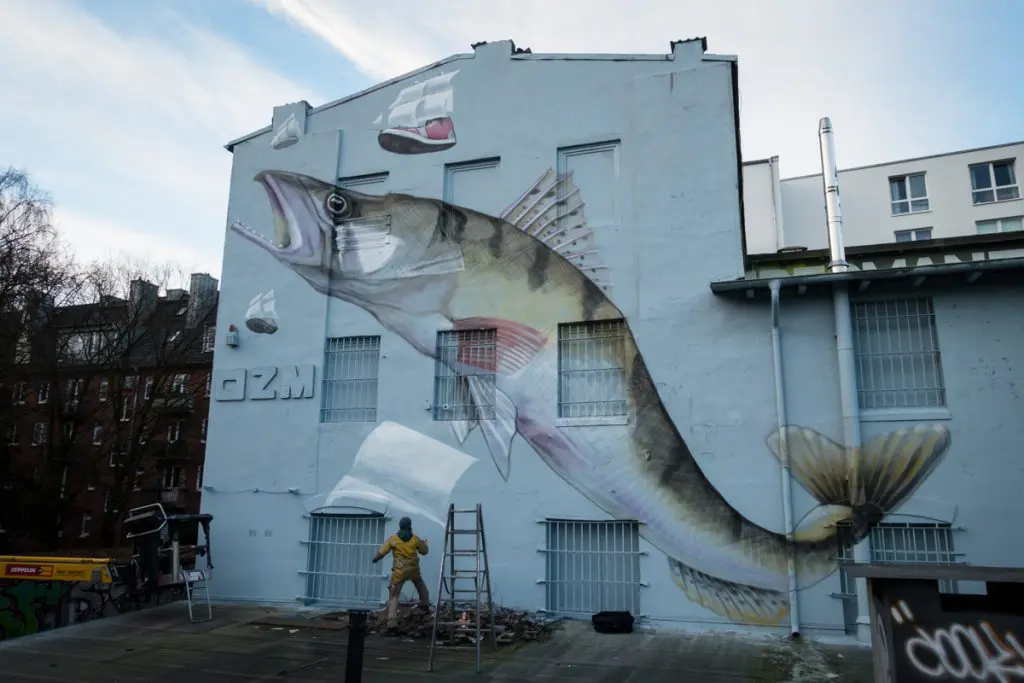
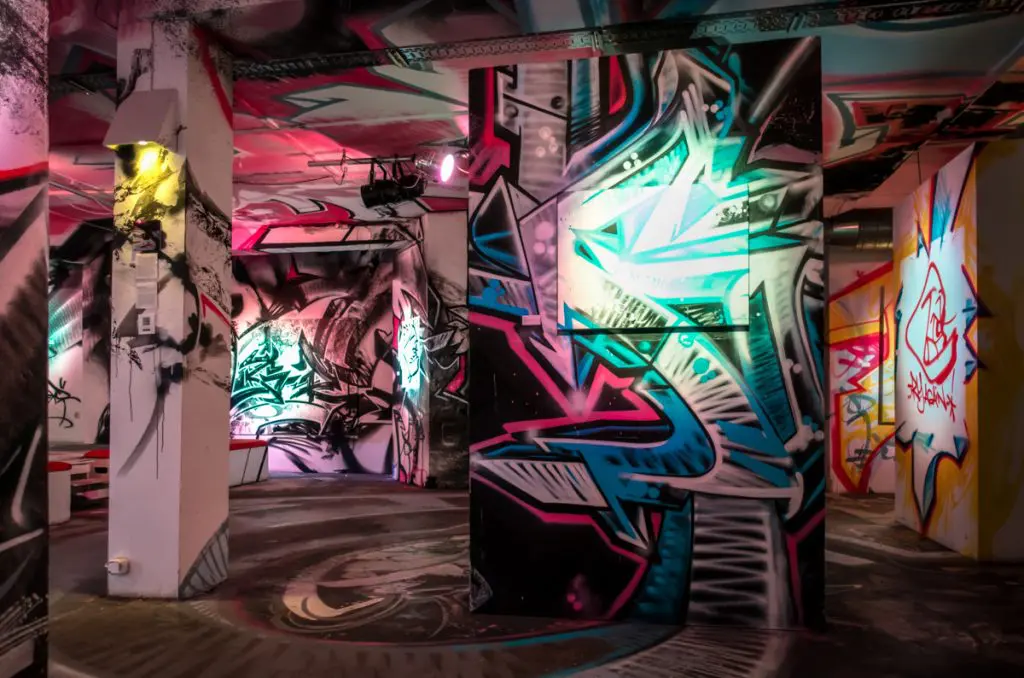
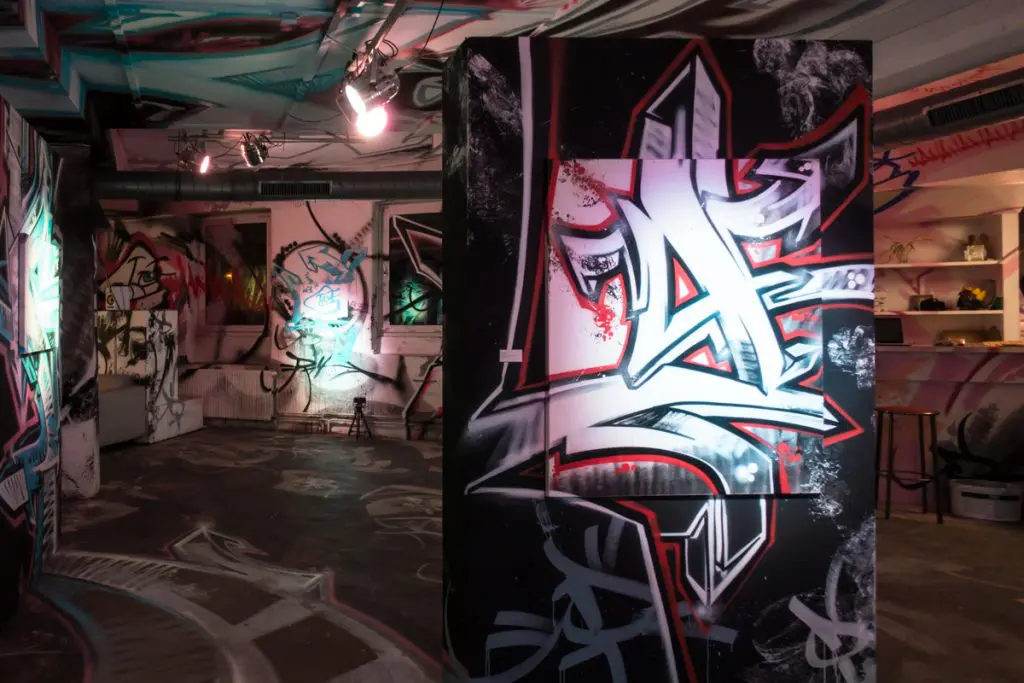
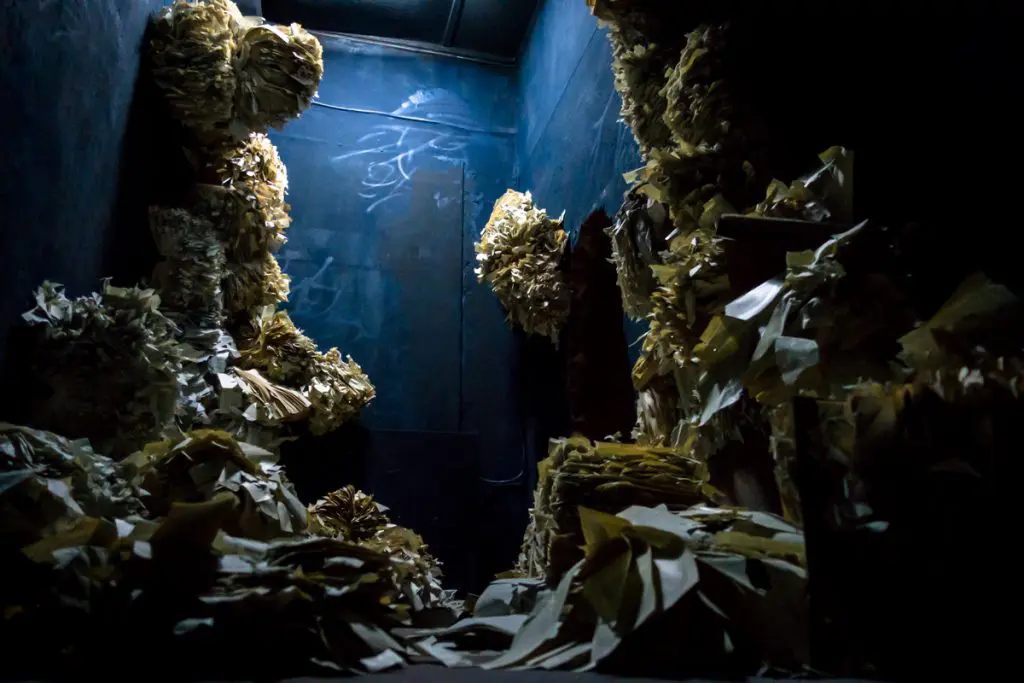
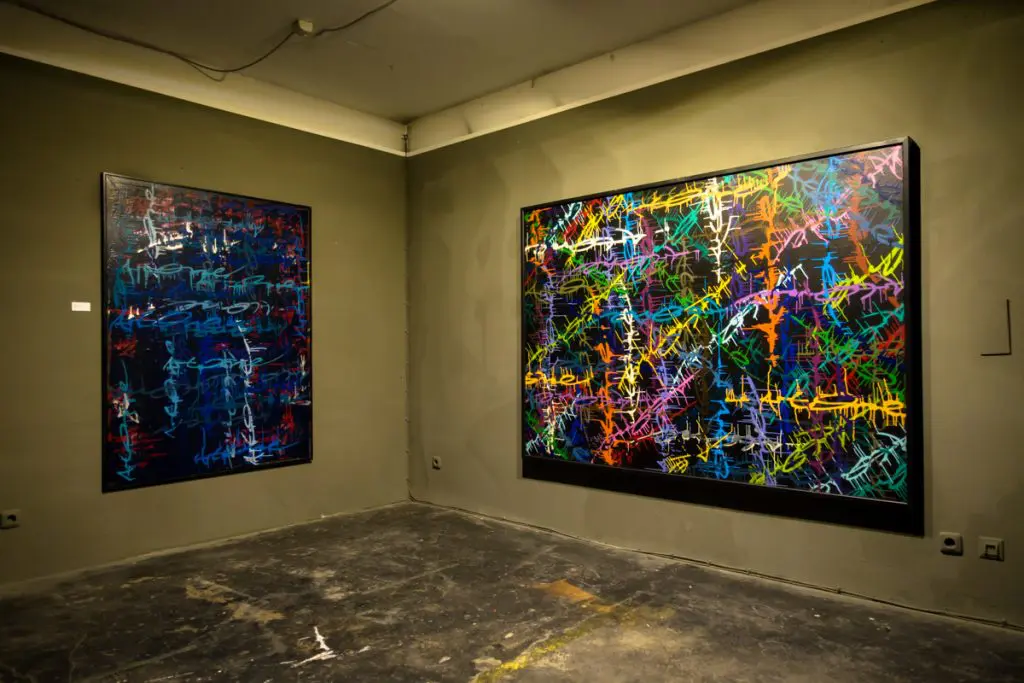
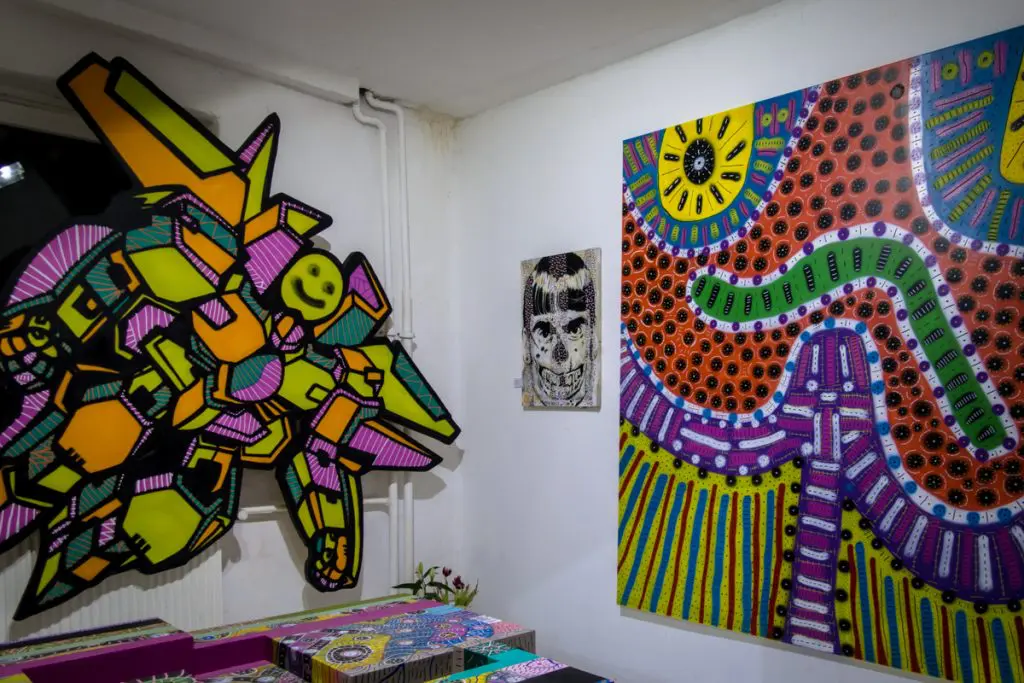
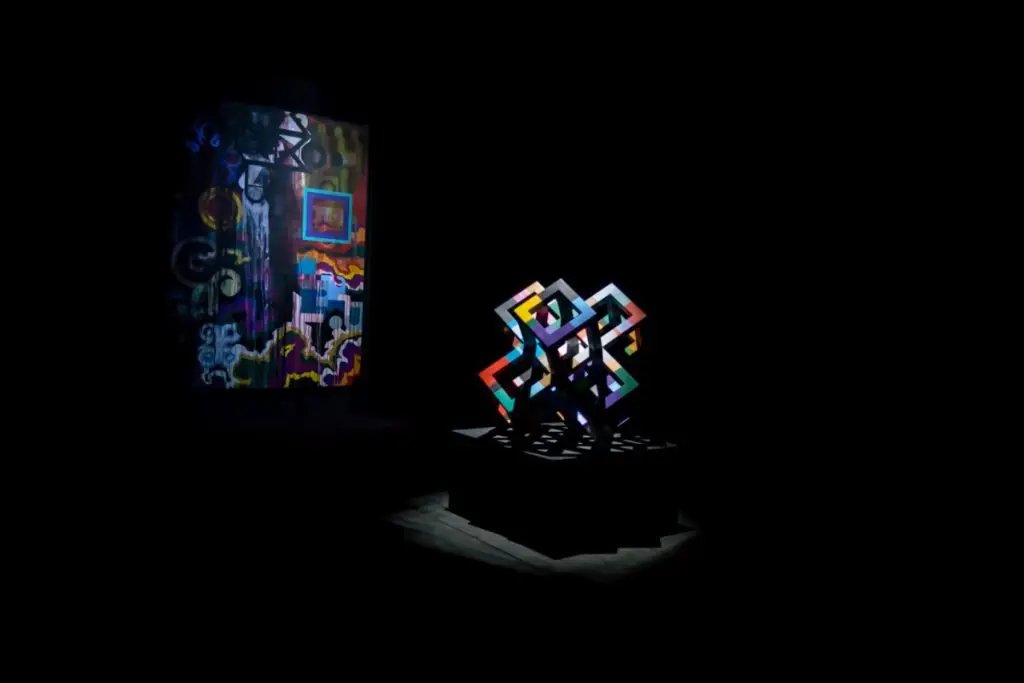
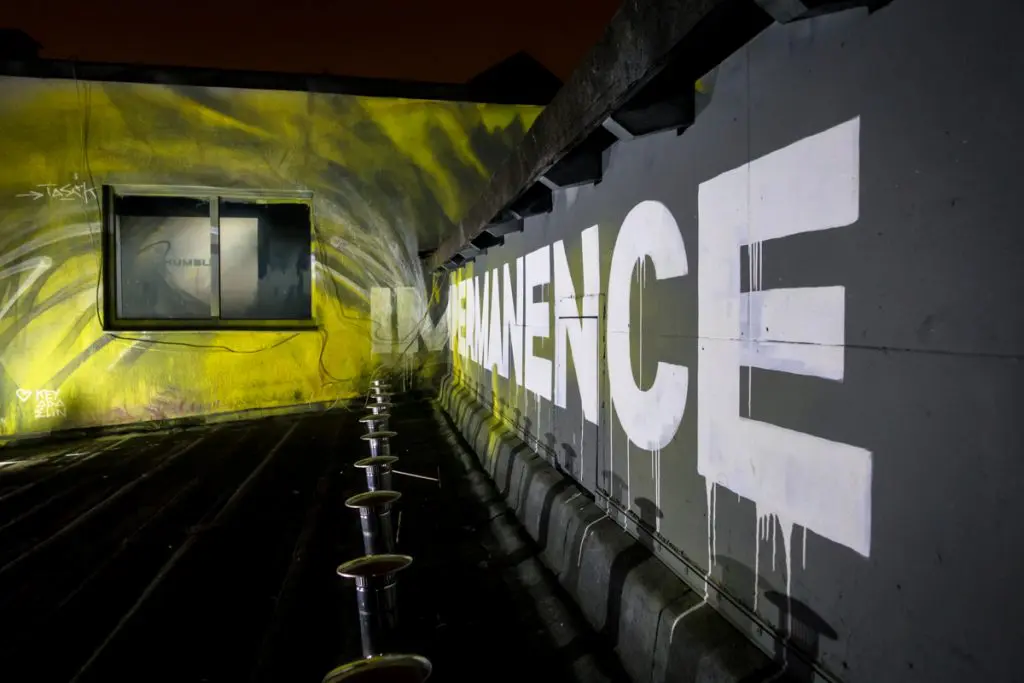
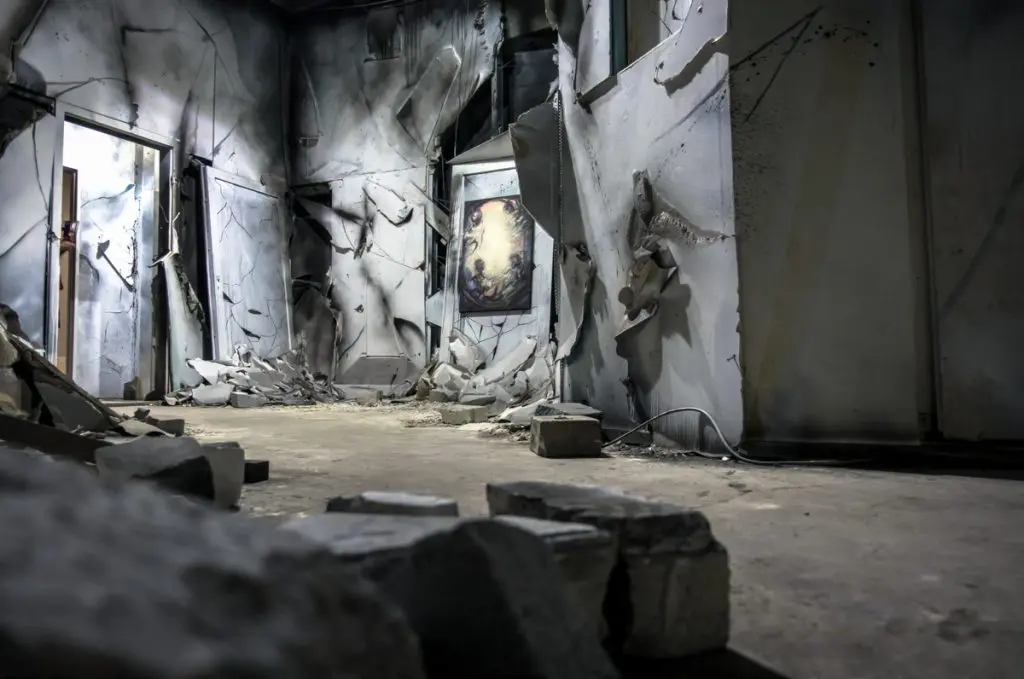
Art – education – artificial intelligence
That’s exactly what founder and director Alex Heimkind does: he does art education through guided tours of the rooms, whether with school classes or companies, and works in his office with state-of-the-art technology, such as AI and AI. Heimkind describes it as follows: “Here, the OZM became more than just an exhibition space. It became a place for artistic exchange, interdisciplinary collaboration and digital innovation. The idea of the Gesamtkunstwerk was born, which not only shows works of art, but also creates an immersive experience that immerses visitors in a world of art, technology and interaction.” When asked how it differs from the old OZM art space, he replies: “What remains is the essence of the artists and some works from the OZM Art Space, now combined with the new narrative of HAMMERBROOKLYN in connection with the OZM and the idea of the Gesamtkunstwerk, the exhibit. It is about evolution, the further development and transformation of what once was into something new and innovative. In addition, there is the introduction of the OZM New Space Gallery, which offers a new platform for contemporary art and carries the vision of the OZM into the future. And the future, the developments in art, also seem to lie in new technologies. Alex Heimkind is a firm believer in this: “As the OZM’s internal AI, OZMAI will help to continuously improve and personalize the exhibitions and experiences for visitors. It will continue to build and share an extensive knowledge base on graffiti, digital art and urban art, making OZM a major center for artistic innovation and technology. In addition, OZMAI will continue to create generated artworks that interact with visitors, providing a unique and immersive experience. Overall, I see OZMAI as an important part of the OZM’s future that will help to further merge the boundaries between art and technology and explore new possibilities for creative expression.”
OZM Hammerbrooklyn
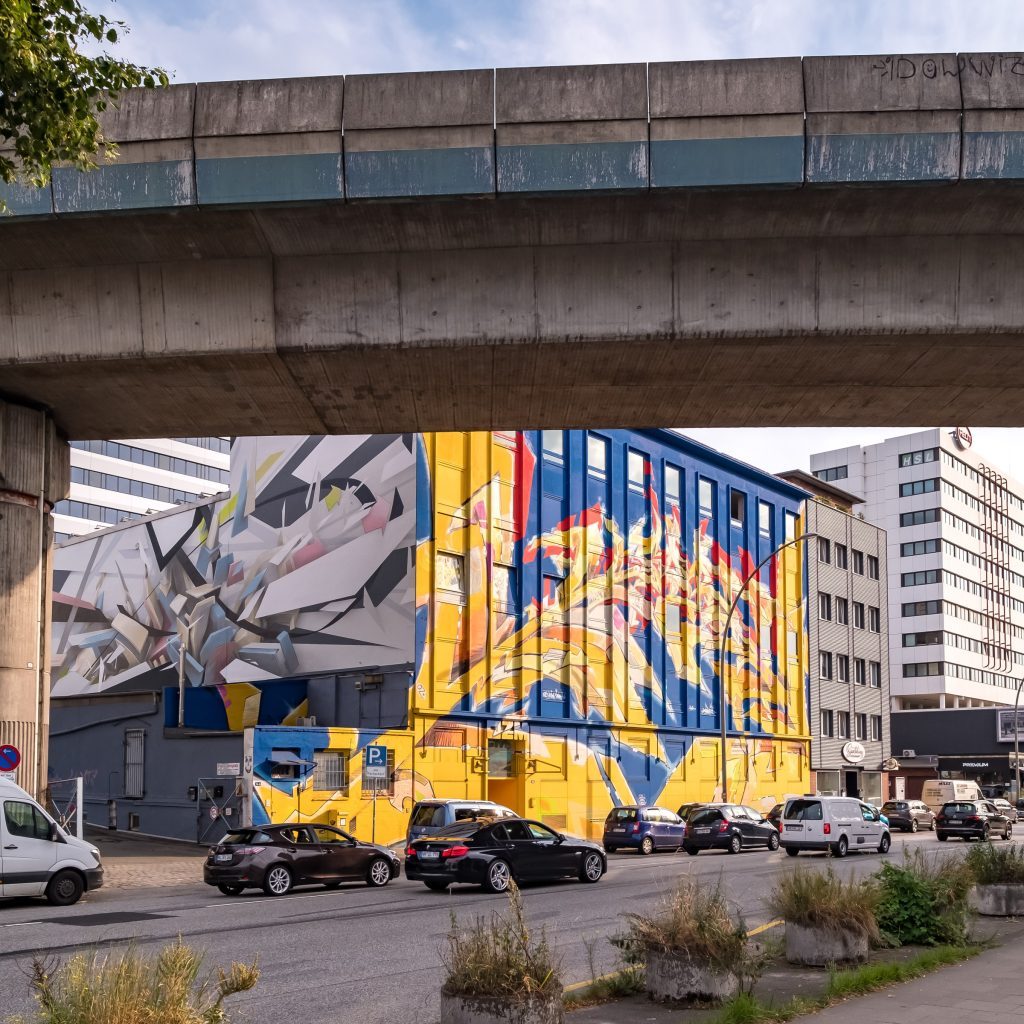
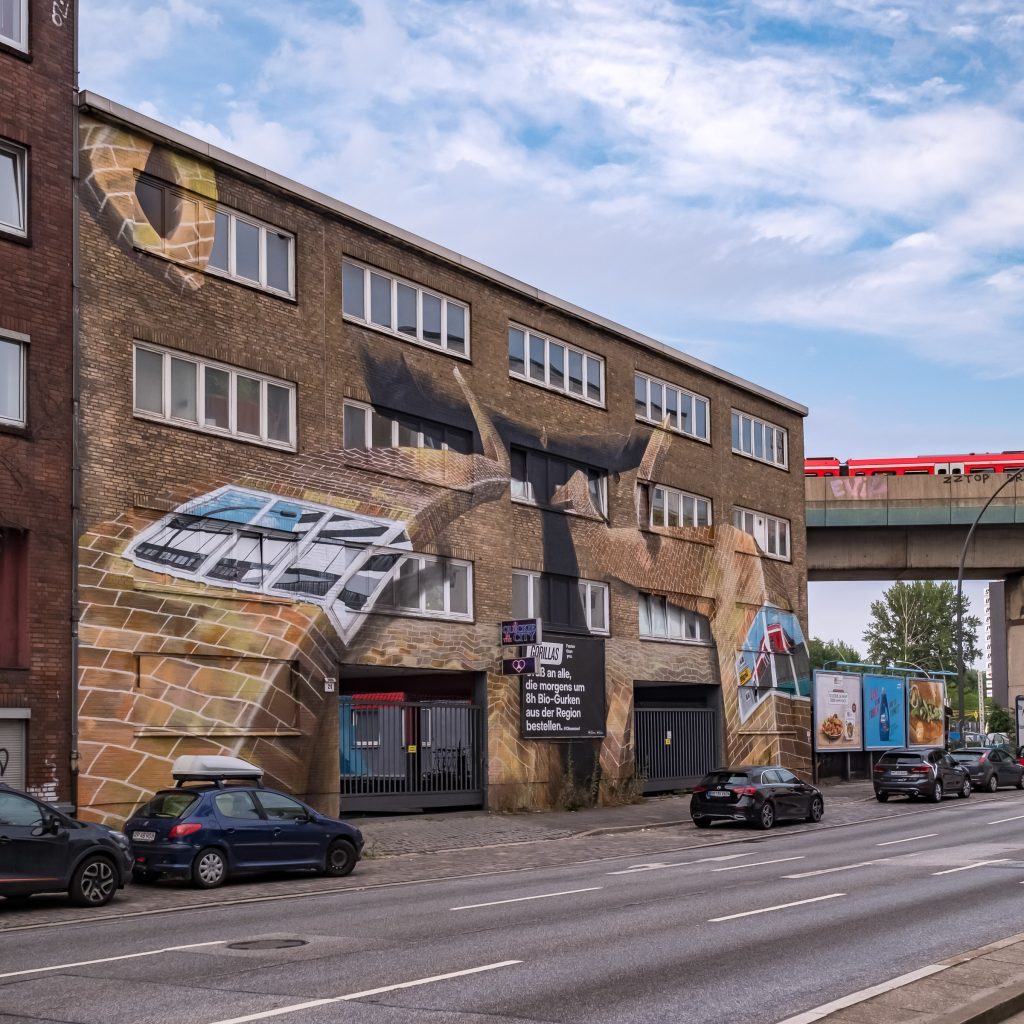
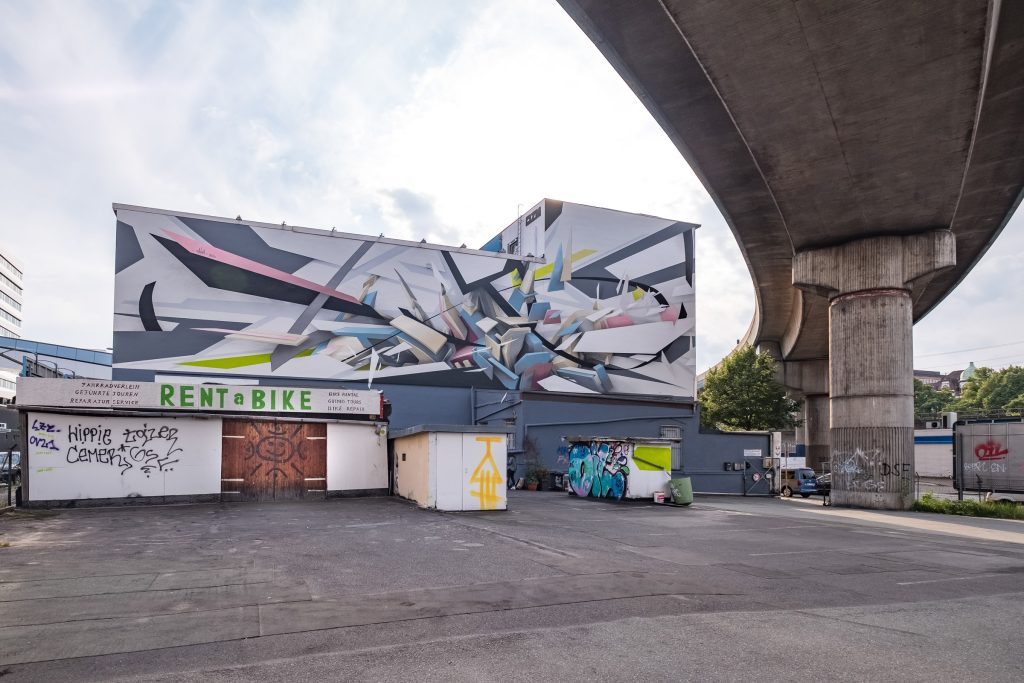
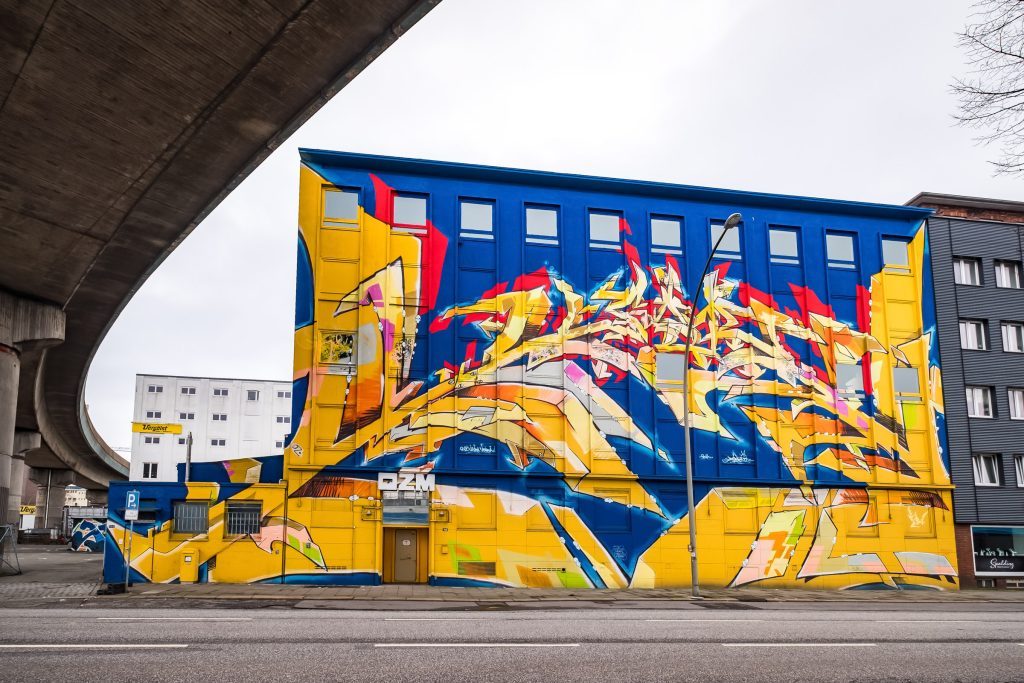
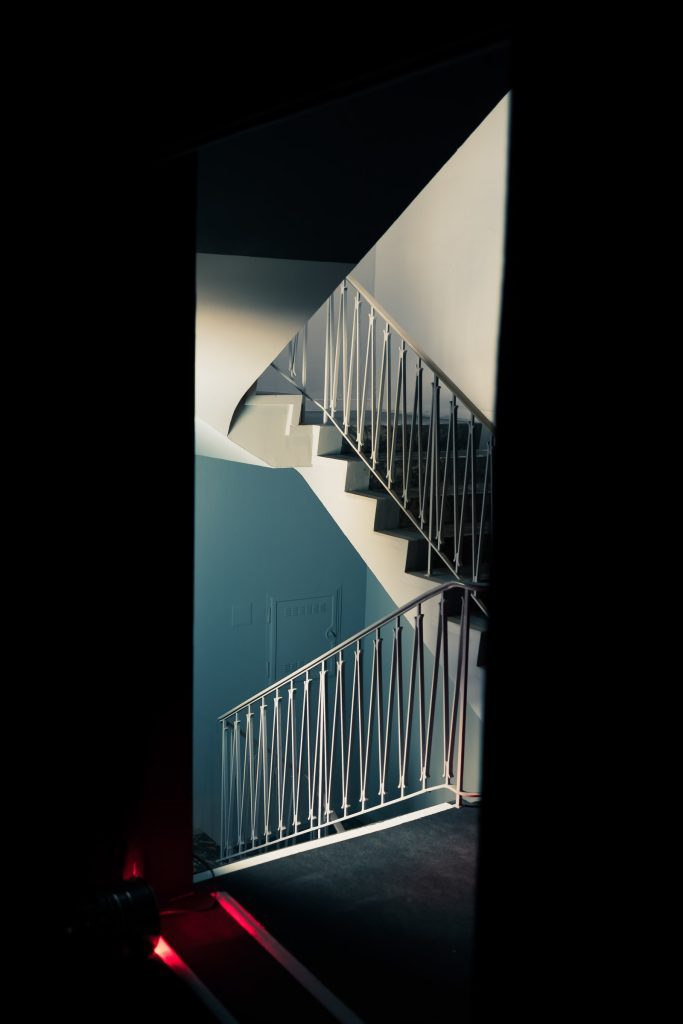
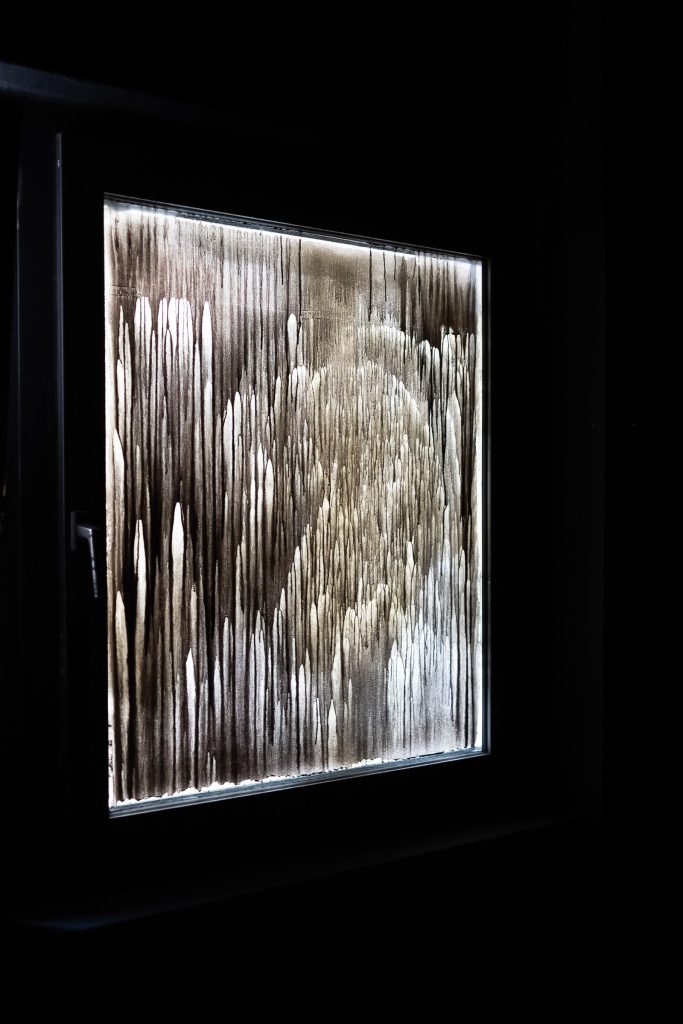
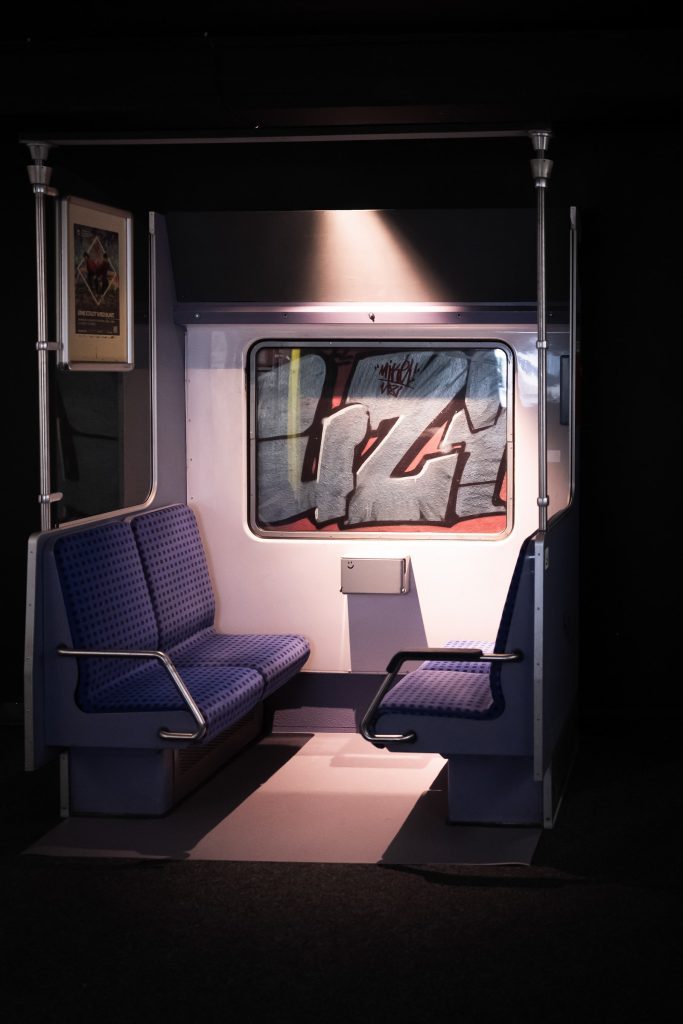
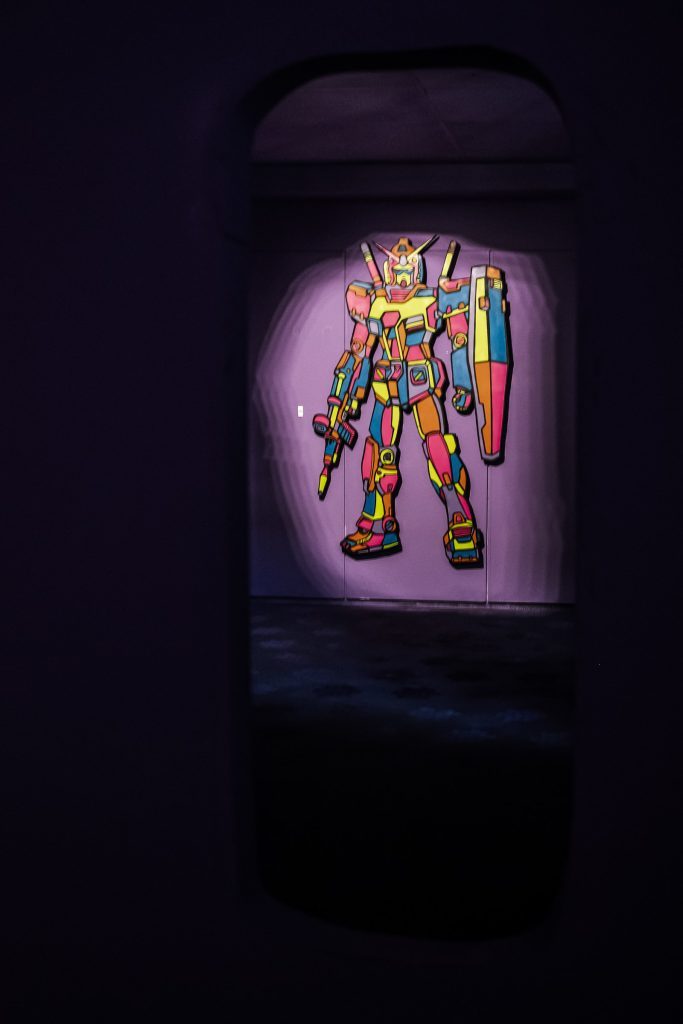
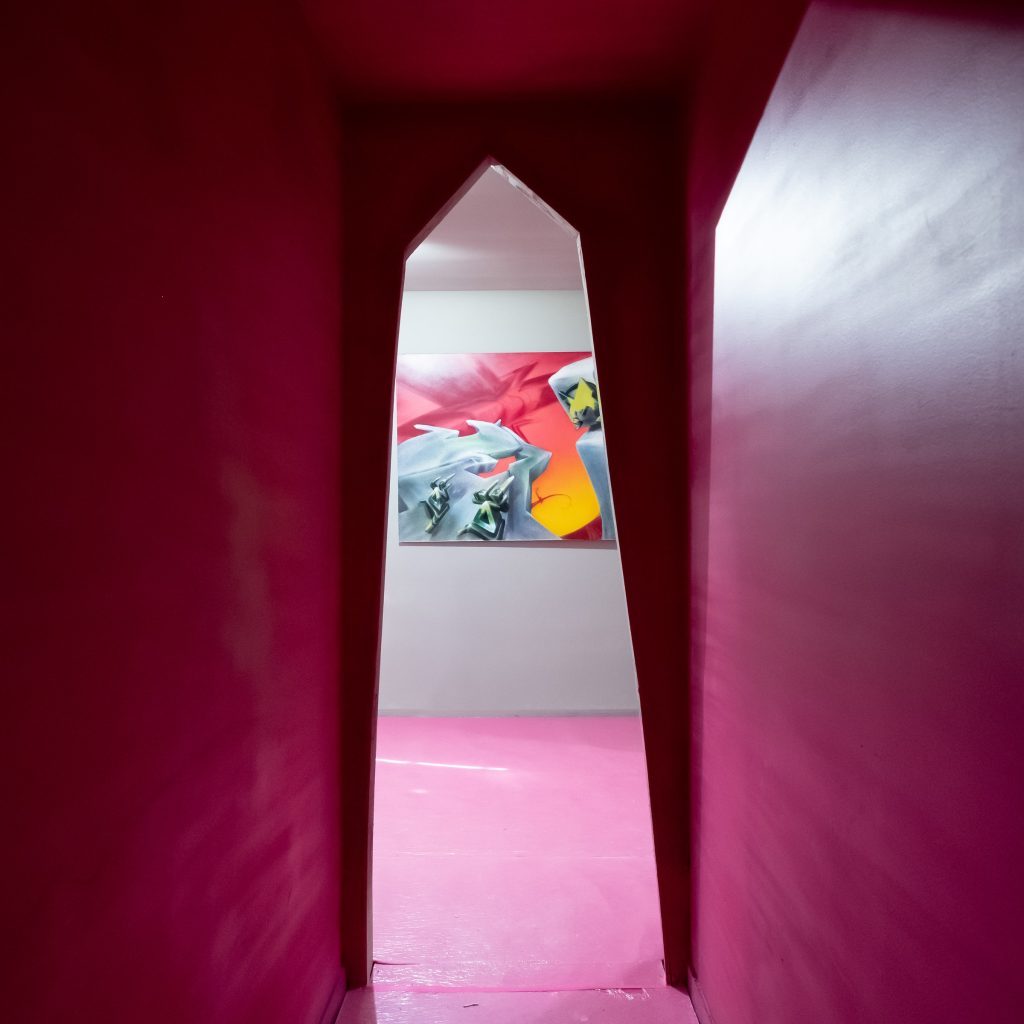
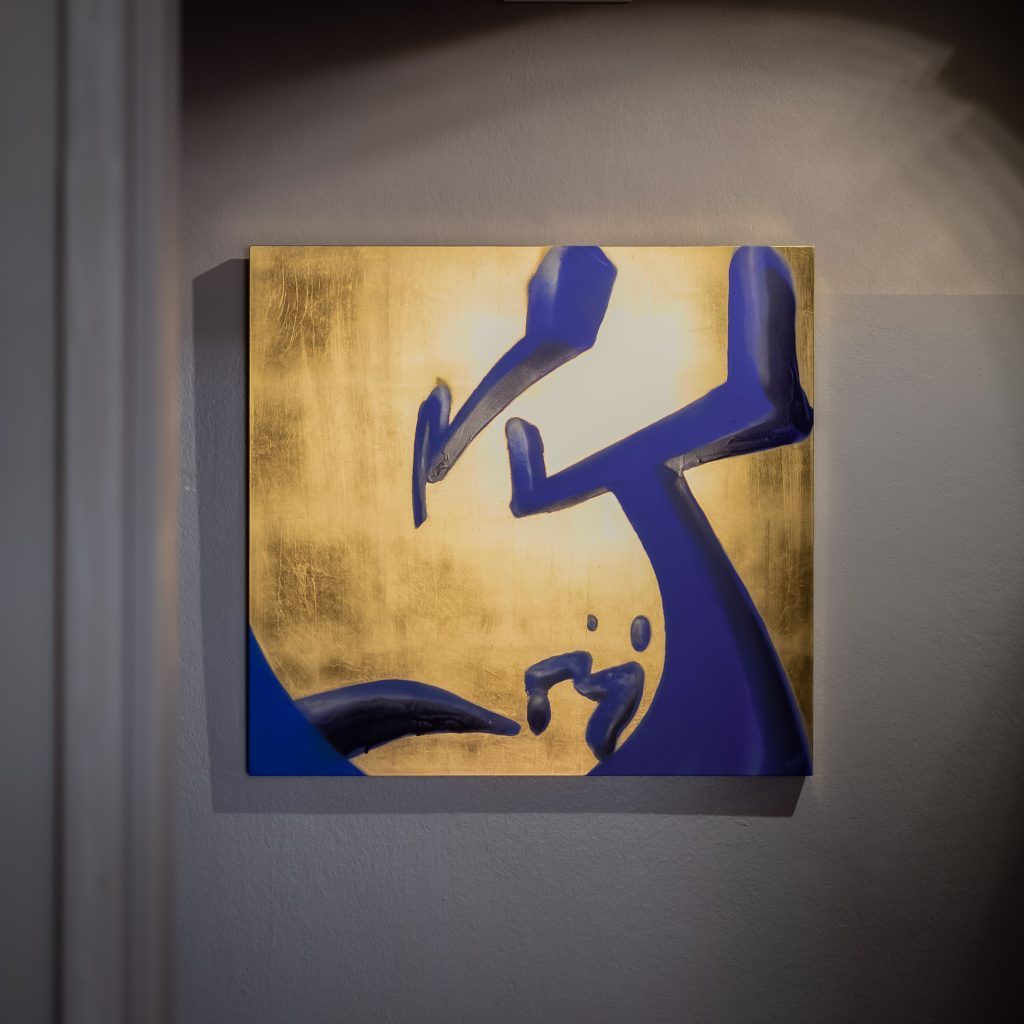
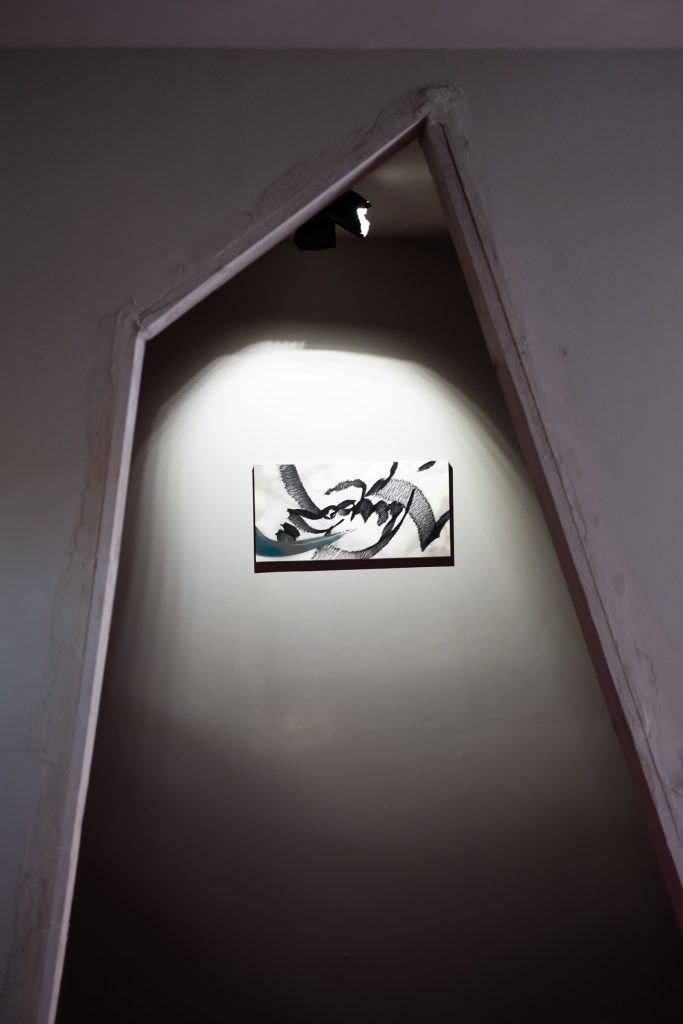
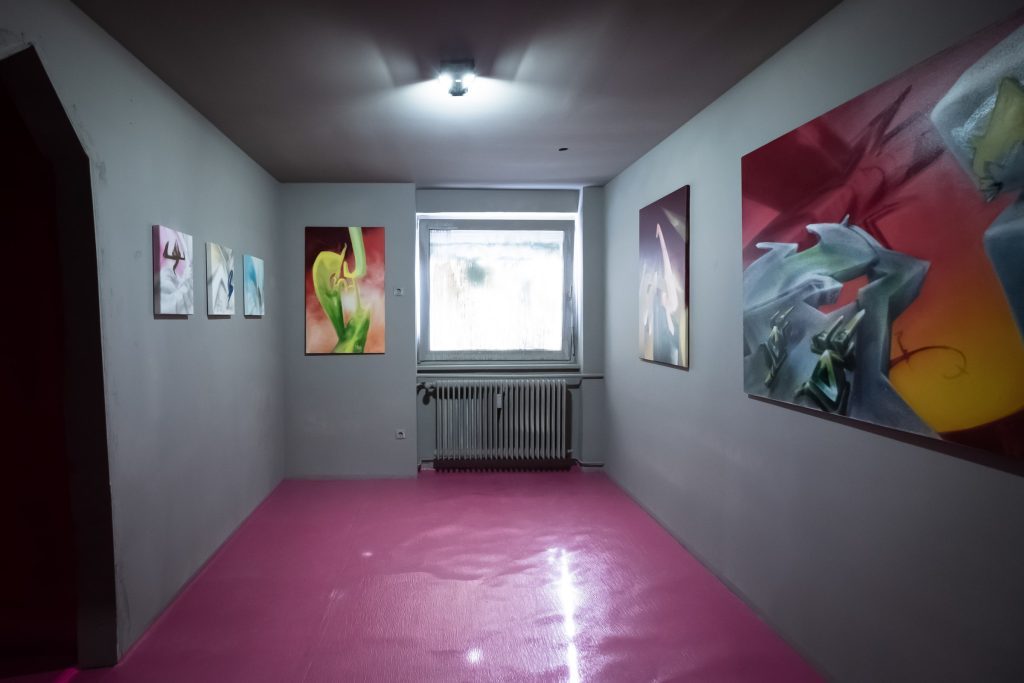
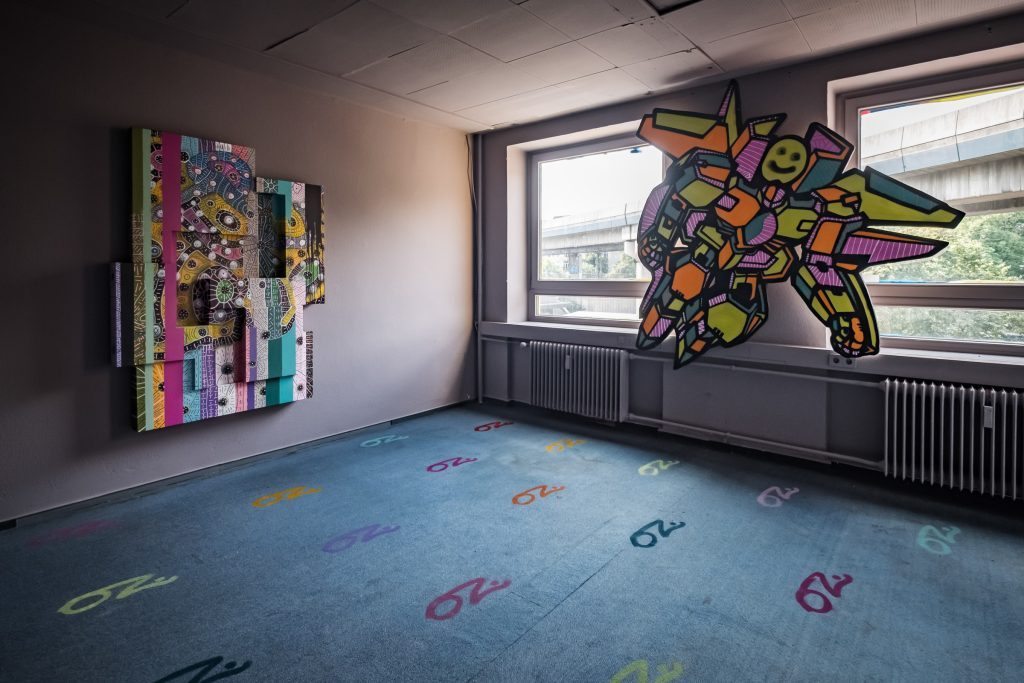
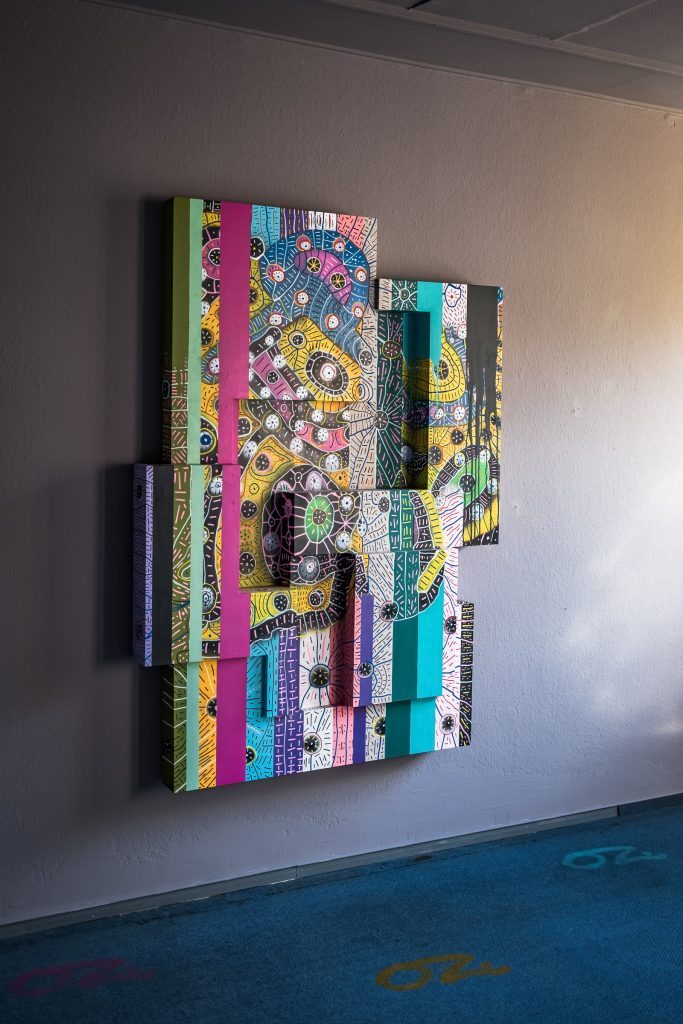
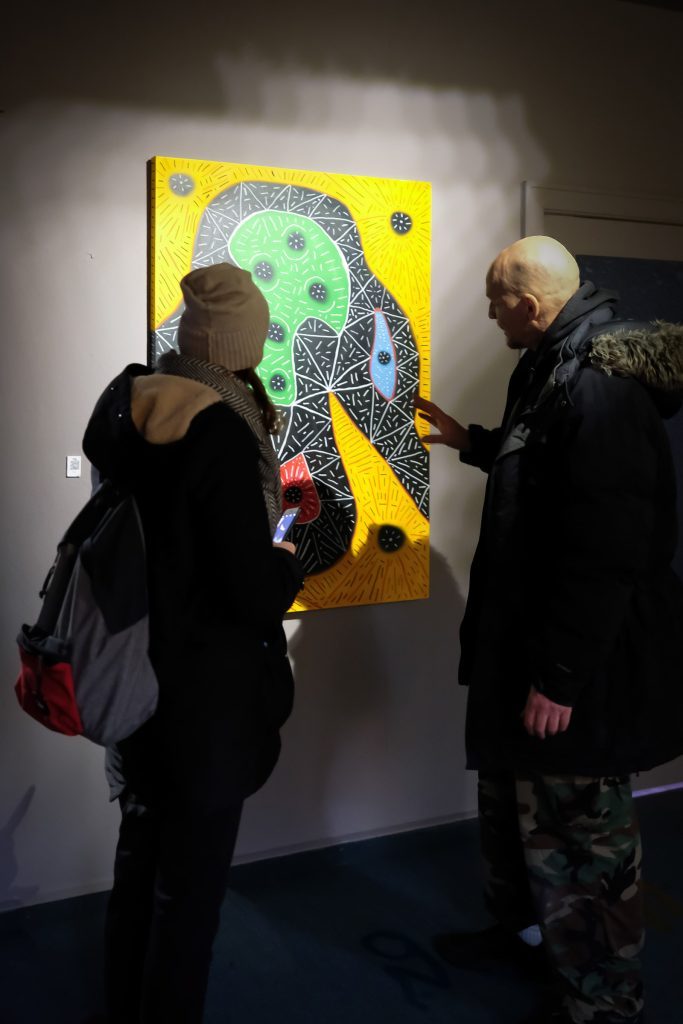
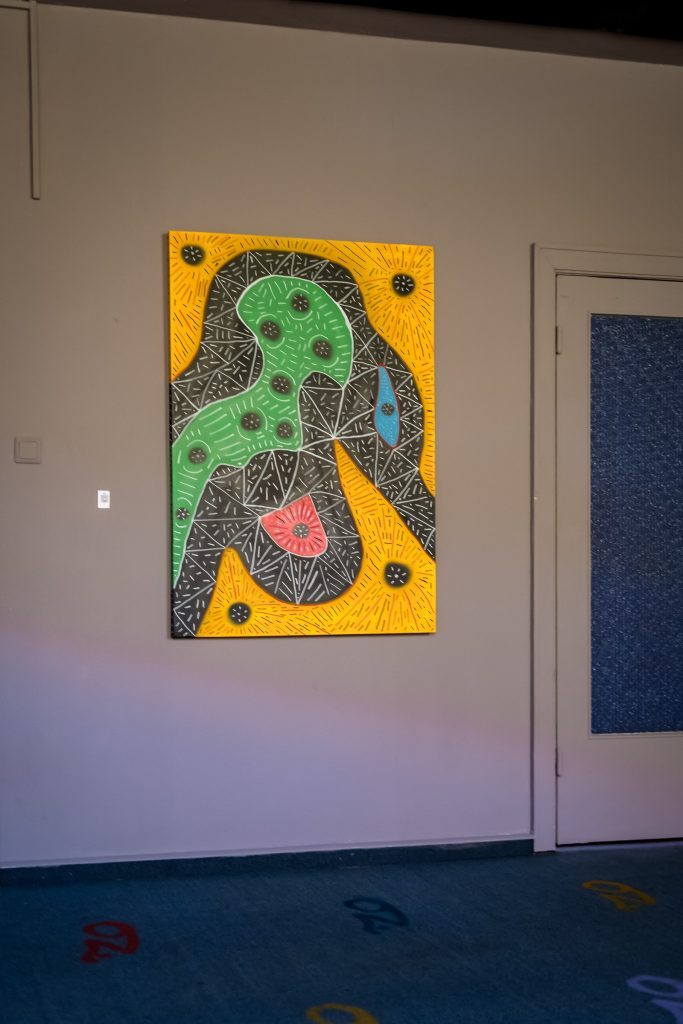
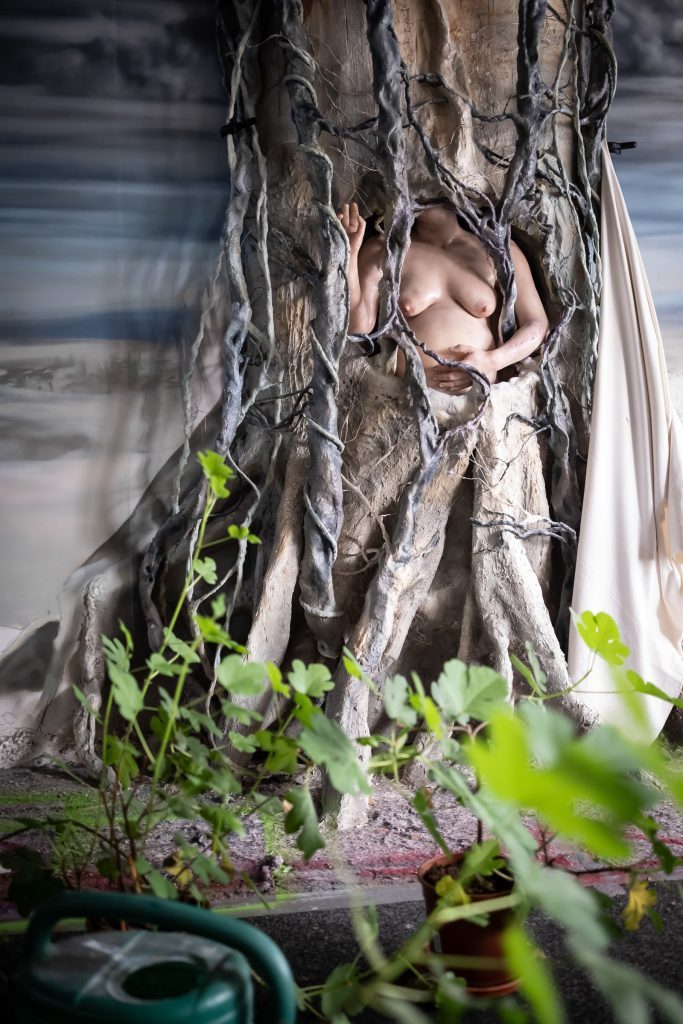
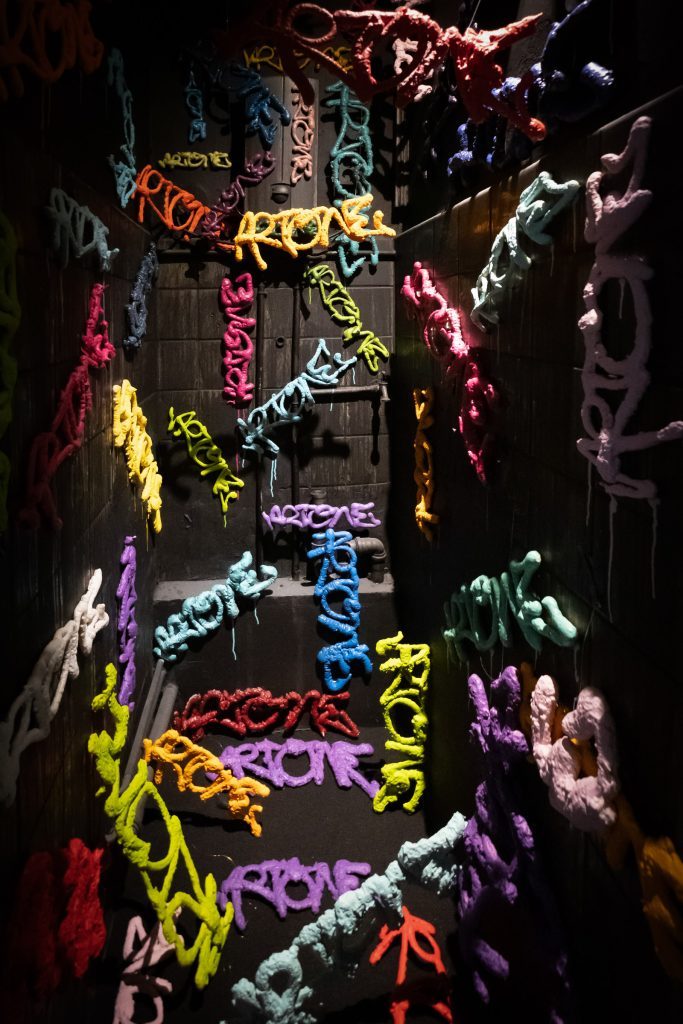
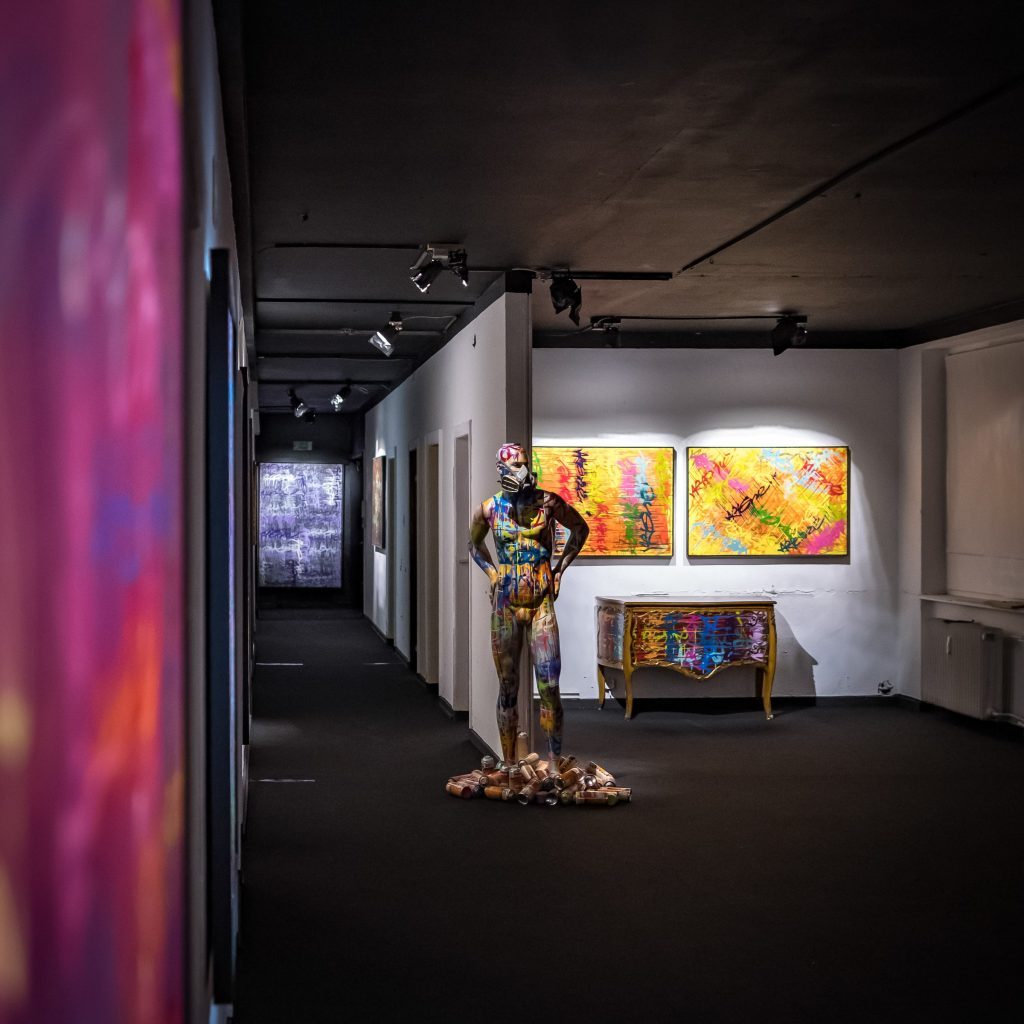
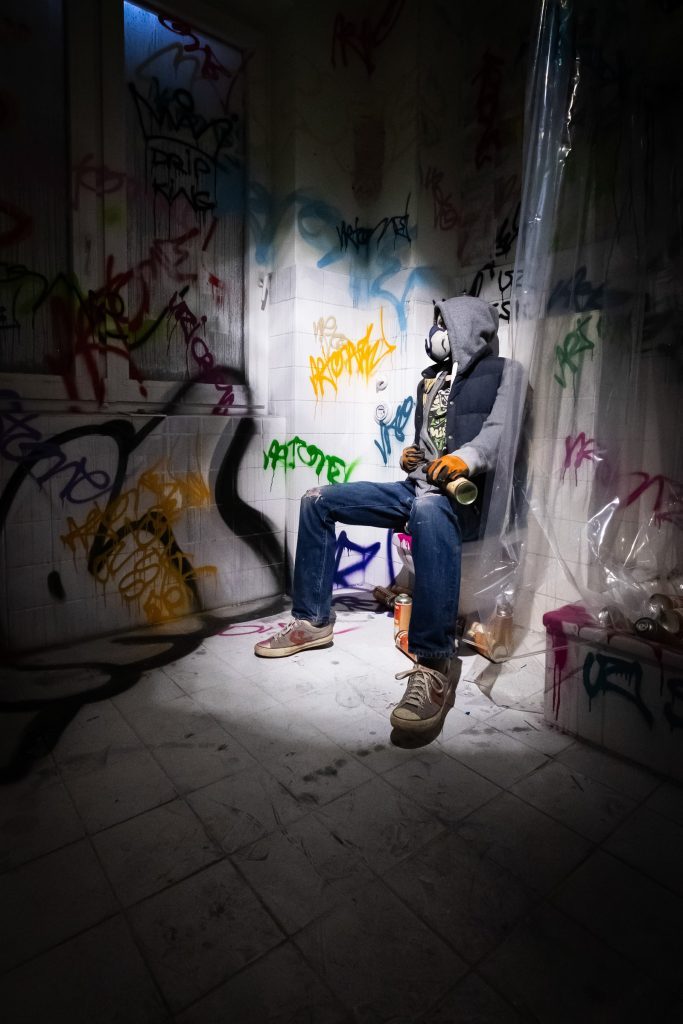
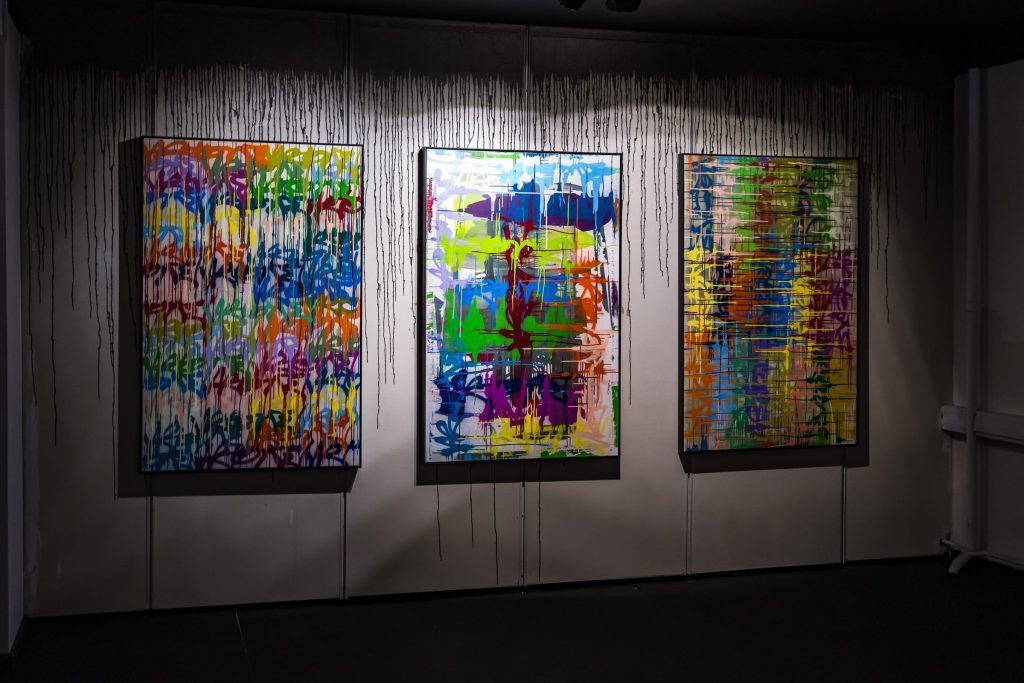
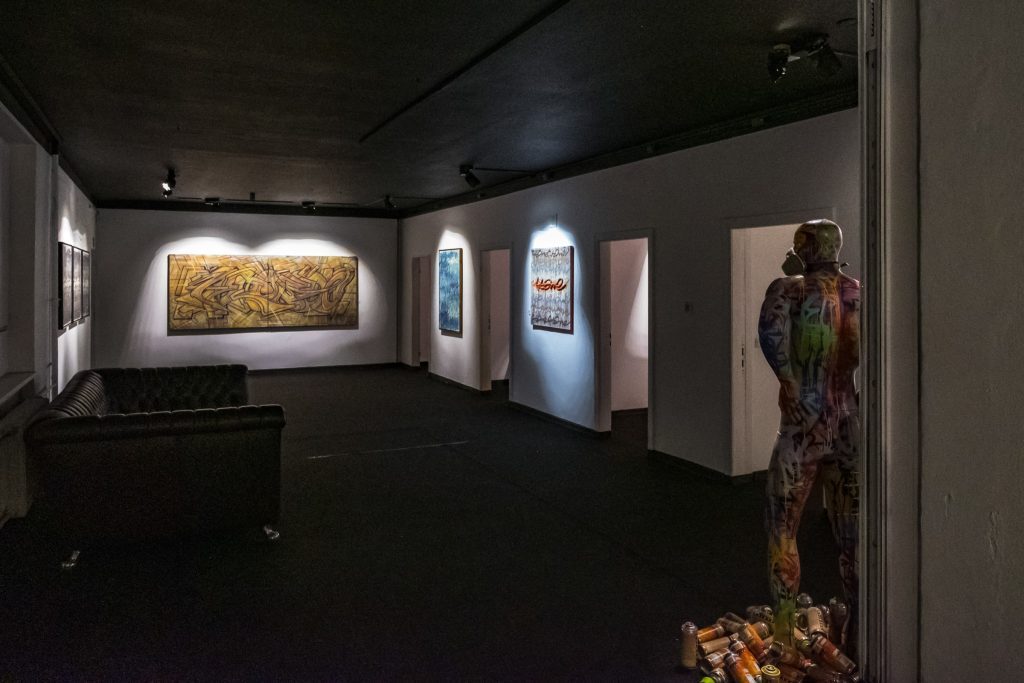
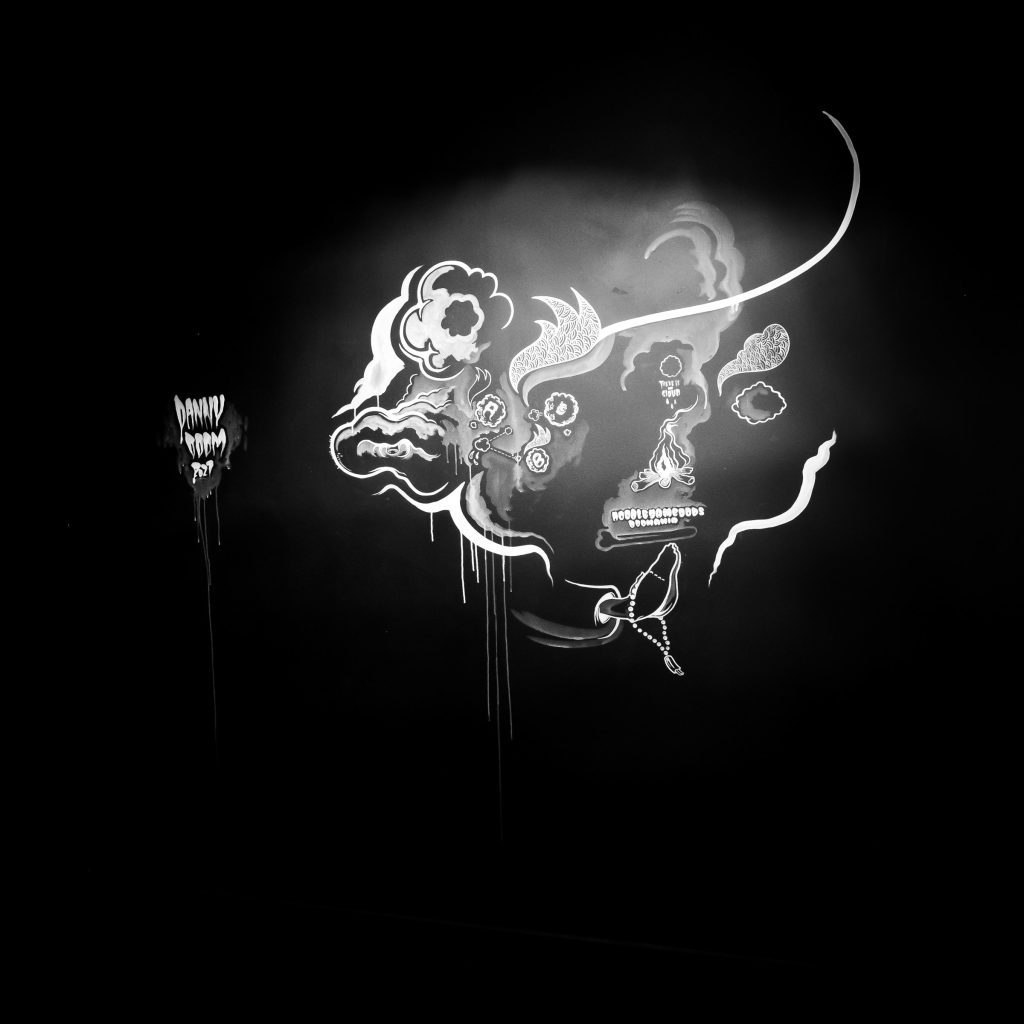
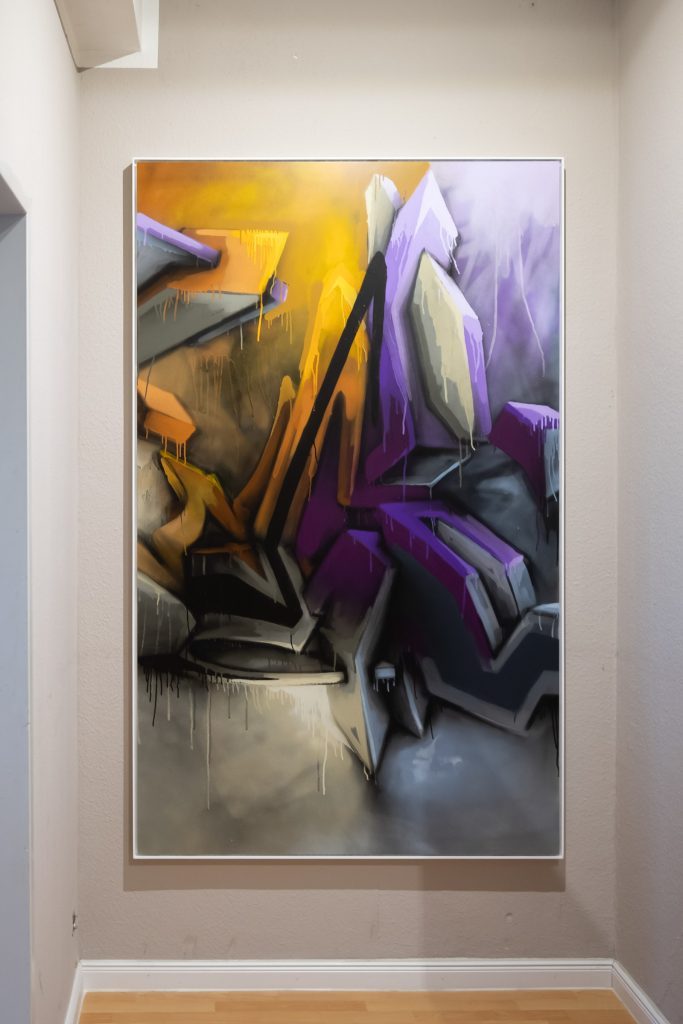
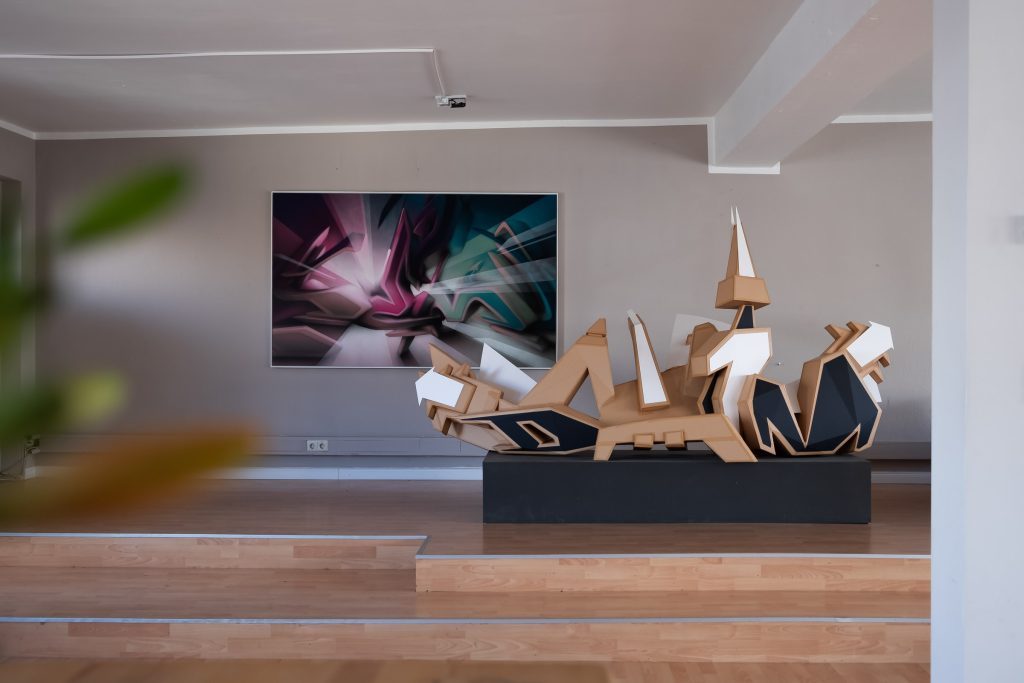
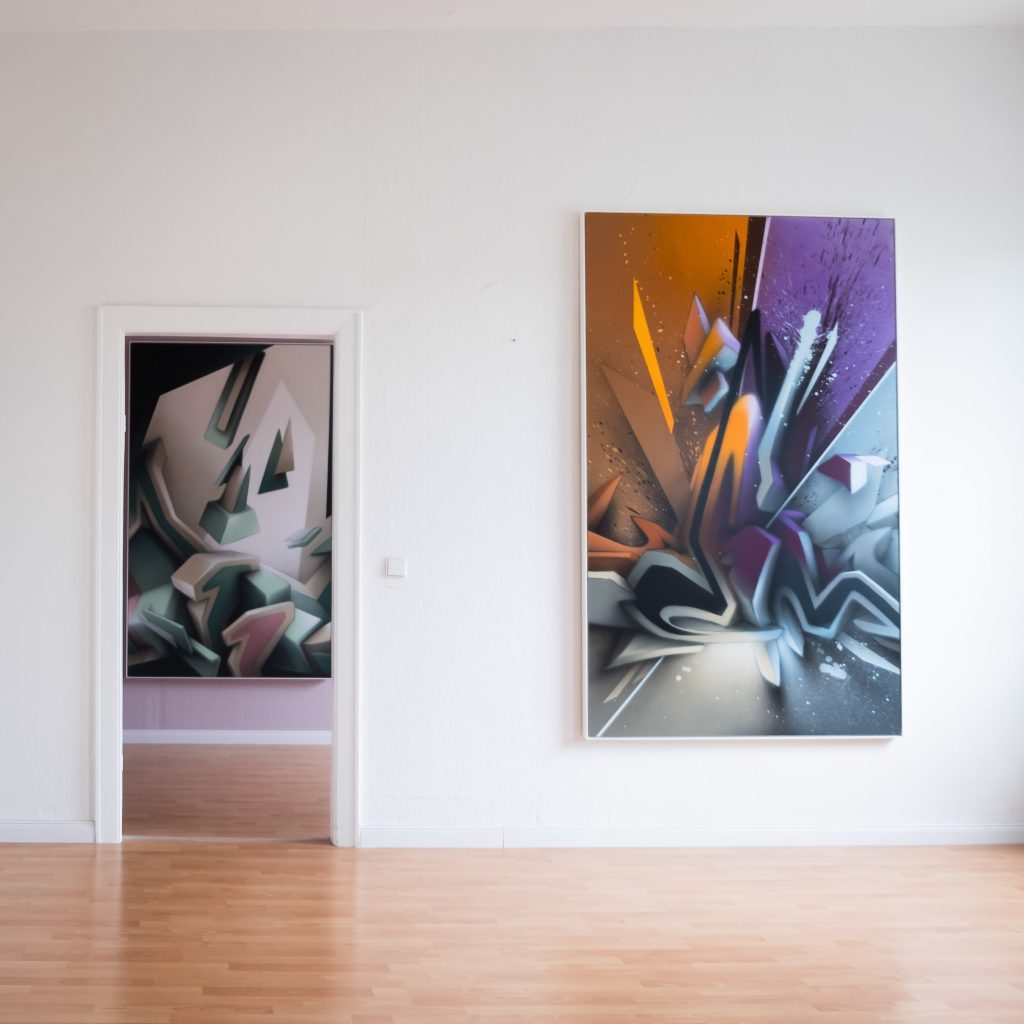
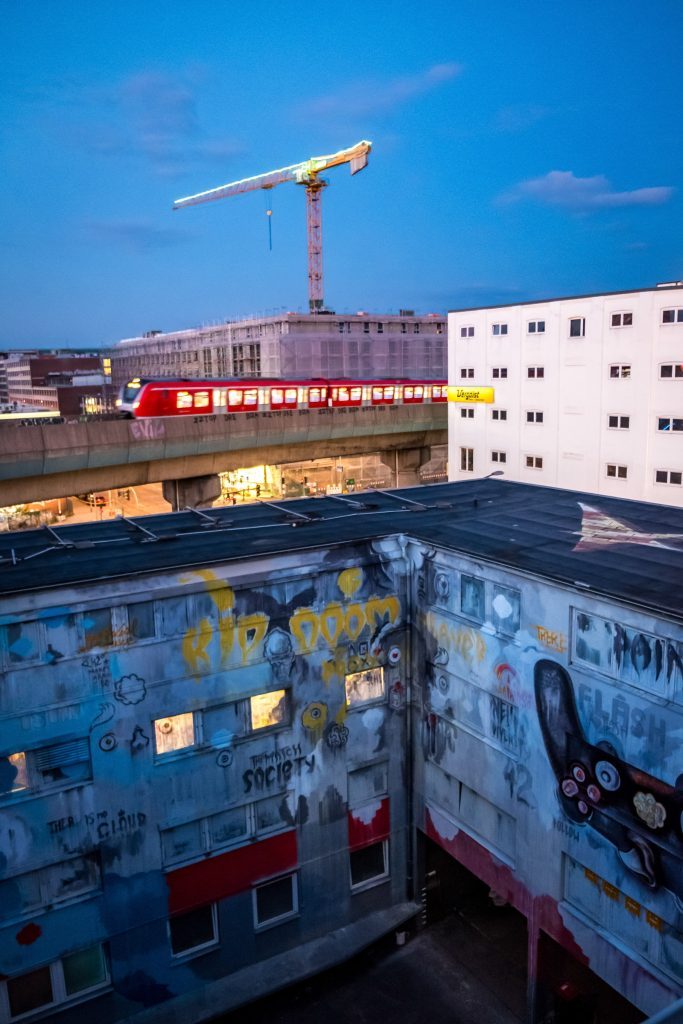
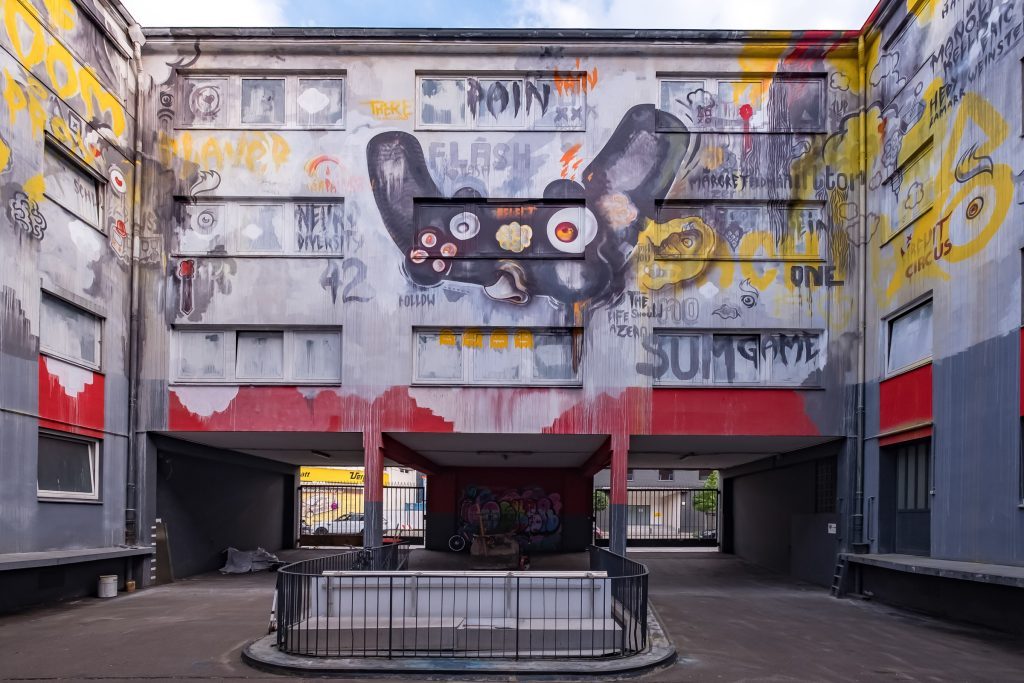
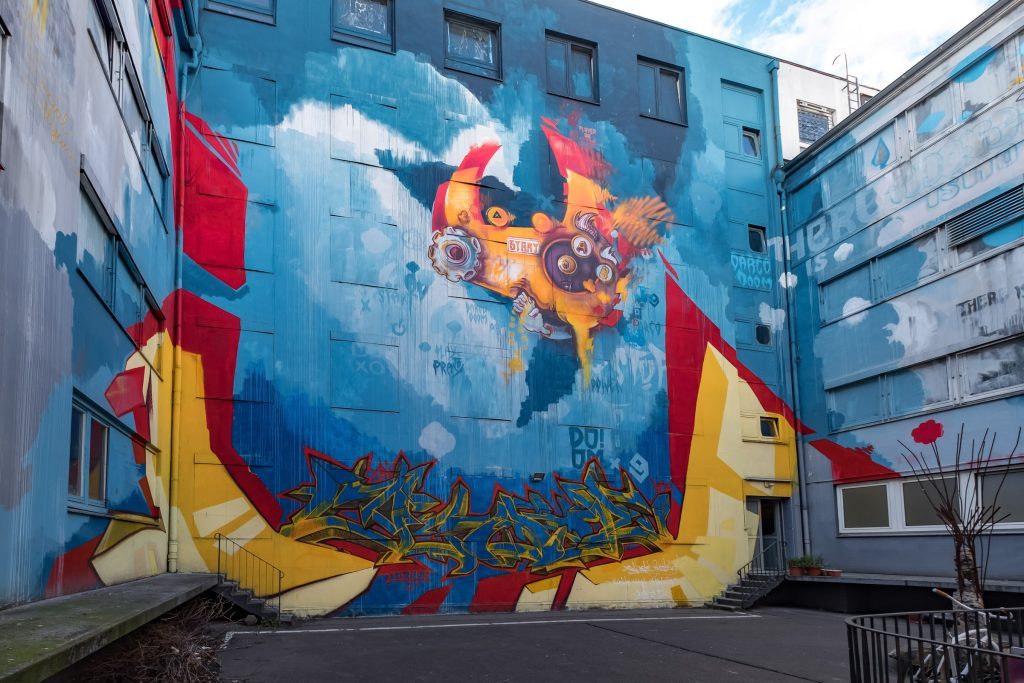
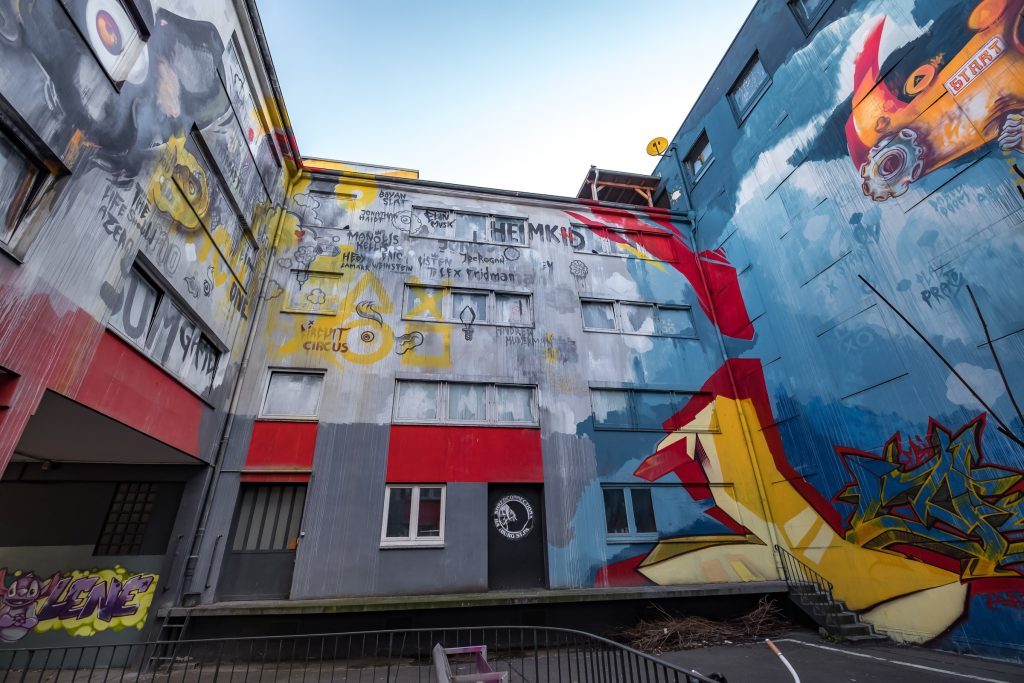
Darco FBI, longtime “comrade in arms”
In the art world, many people are currently experimenting with AI and there will certainly always be surprises with new technologies. The Franco-German graffiti writer and pioneer Darco FBI from Paris – active and represented in the OZM since the 90s – also came into contact with AI there in Hammersbrook and had his first experiences with AI: “I’ve come into contact with it a bit, but I’m not into it enough to know more about it. It’s still quite young and can go in all directions. There is very interesting potential, with exciting exciting paths, but also dark paths. AI has a theoretically exciting and positive potential and opens up new possibilities. It is an interesting tool and a new aid to work. However, like any technology, it also has a dark side. It can quickly outgrow this status and possibly even proliferate. I recently learned that my name is on that list of the few thousand artists that Werken, Midjourney and the others have trained their AI with. I have mixed feelings about this. Partly it’s flattering, but partly it’s invasive, as I wasn’t asked if I agreed to such use, nor was I informed of it in advance. AI is one of those new paraphernalia in this world. Like many of these technologies, it reaches far beyond conventional conceptions that have existed until now and still needs some time to establish a respectable place for itself and to be integrated.”
Darco FBI has been given a large space in the OZM HAMMERBROOKLYN Exponat. A collection of canvases and works on paper hangs in several rooms. You will also encounter his dancing hologram, a 3D work in the hallway and murals inside and on the facades of the building. For the new location, he improvised: “I simply let myself go with my sensibility and form of expression and used, animated, expanded and worked on the new location, which I already knew from back then, both from the outside and the inside. Always in my style. The whole thing is based on graffiti writing, the tags, the throw-ups and the pieces. There is a special focus on the movements that create the shapes and lines. I show my work there that is directly related to the OZM. My works still have a direct connection to writing. It’s mainly about rhythm, dynamics, flow and energy.”
Darco FBI also demonstrates this directly with his own choreographed body movements in the new OZM. Filmed in advance and projected as a hologram behind a screen in a dark room designed by him, you can see him performing a choreography in the room, played in a loop. “It is a patchwork of various forms of martial arts and is a sign that my works have a lot to do with movement. I usually execute precise movements freely in space and not just with my hand or arm, but with my whole body. I spray paint onto a surface that I don’t touch. This is a very important aspect of writing for me,” he explains.
Darco FBI met Alex Heimkind in the mid-90s and sums it up as follows: “He was already involved in street art, but was mainly focused on his music as “Heimkind”, cycling and kung fu. We connected well back then and kept in touch. We talked together about everything and, of course, our art form, until it finally came to the first OZM in the Schanze.”
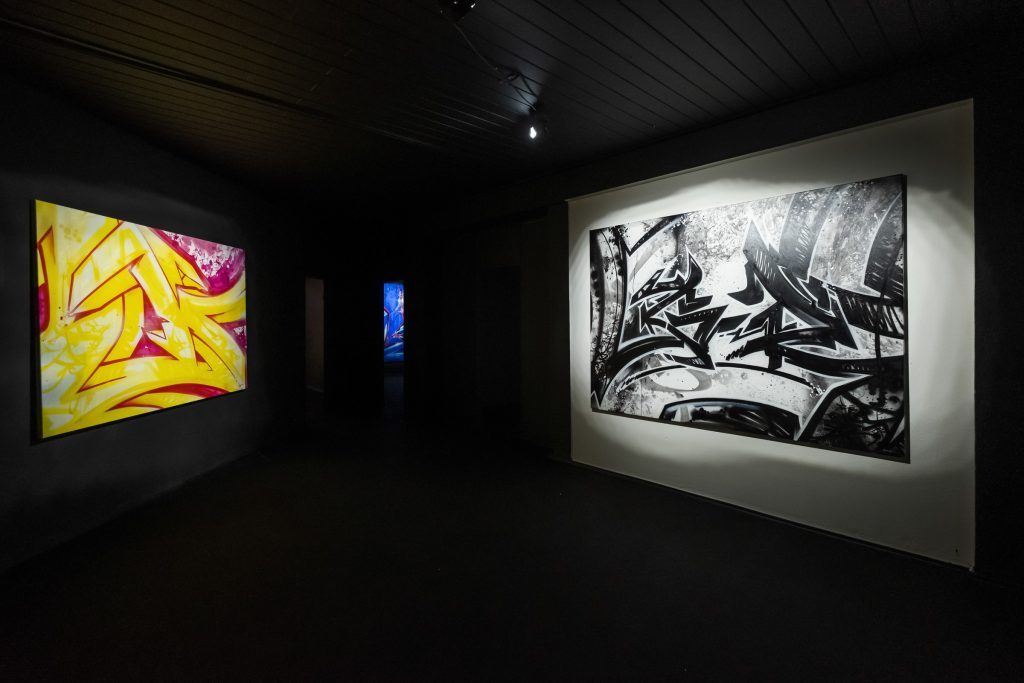
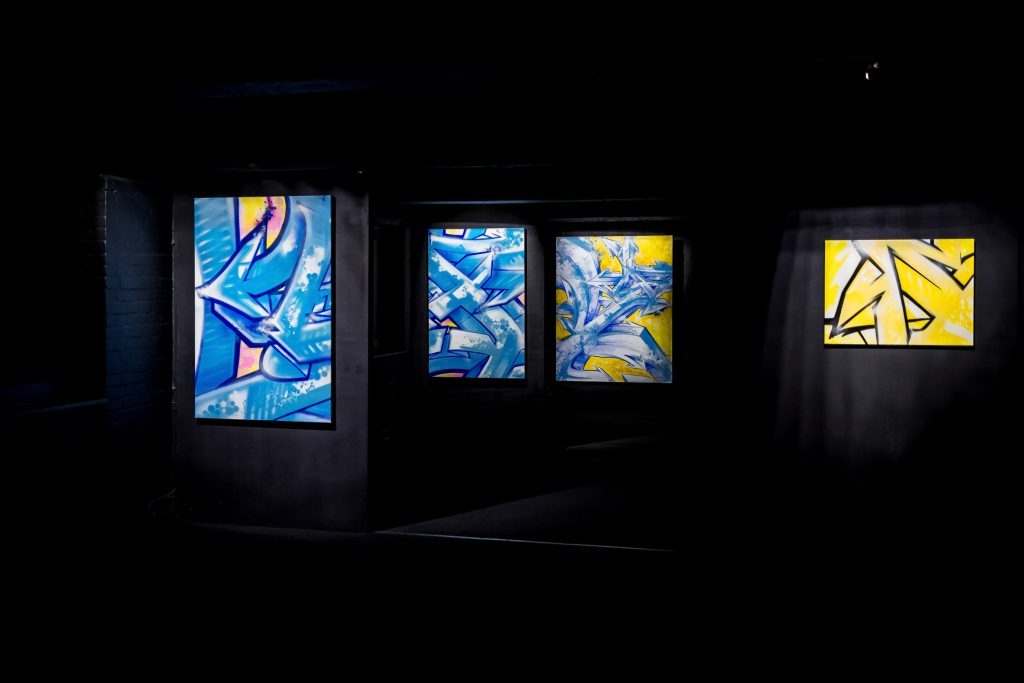
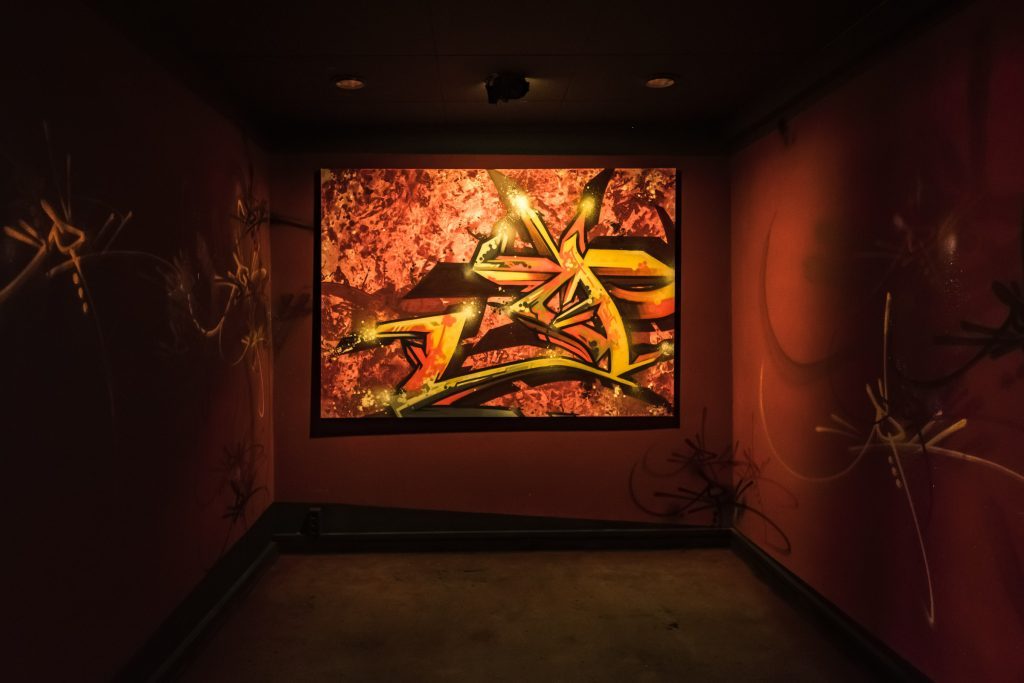
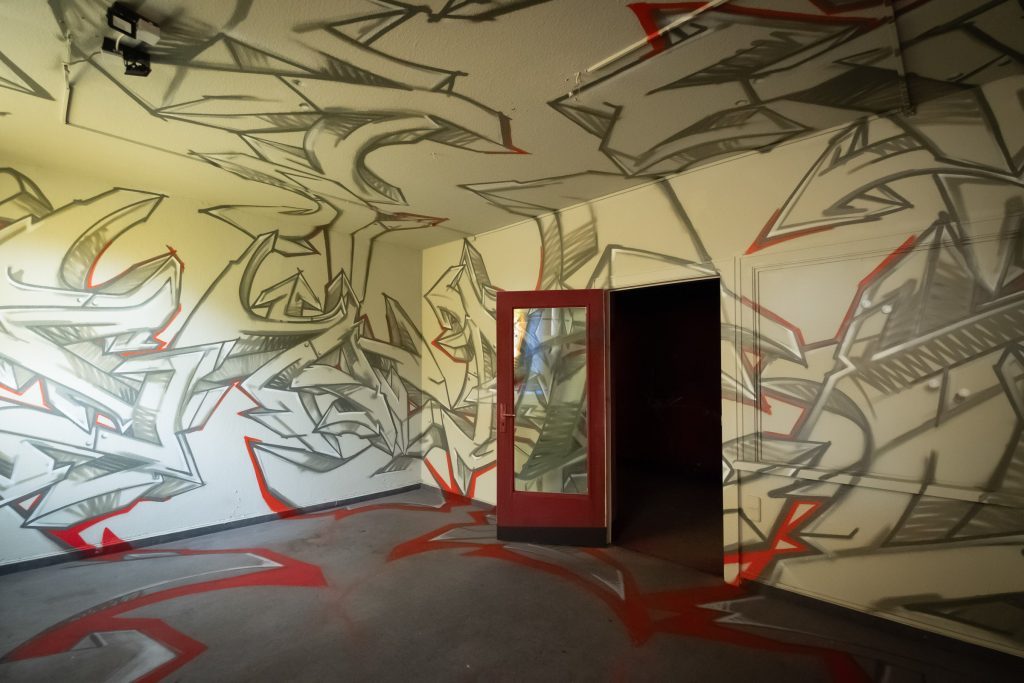
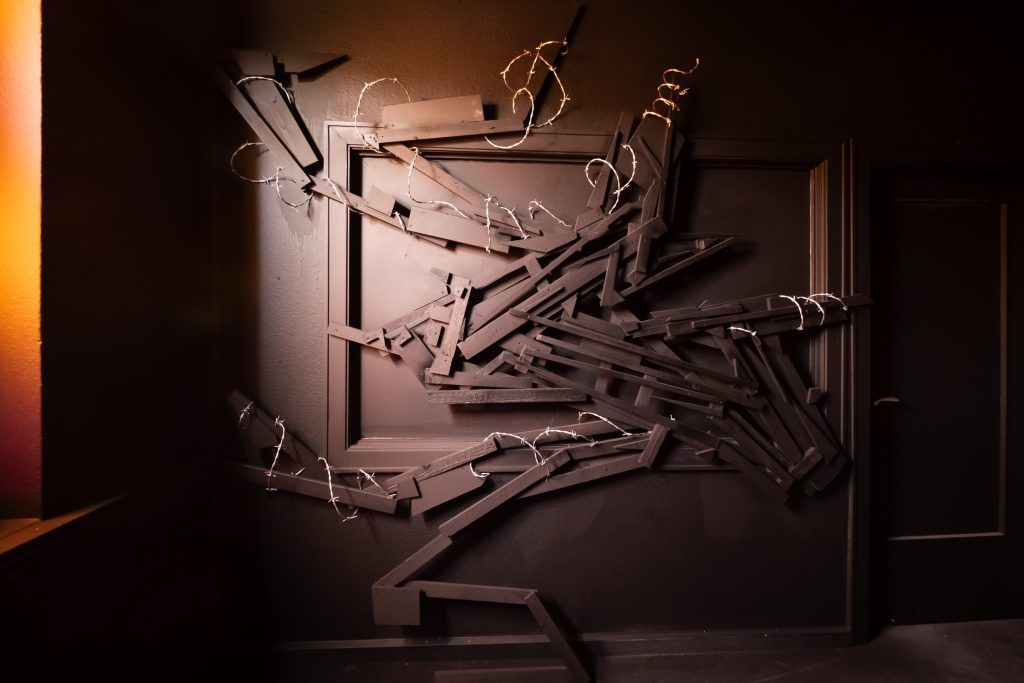
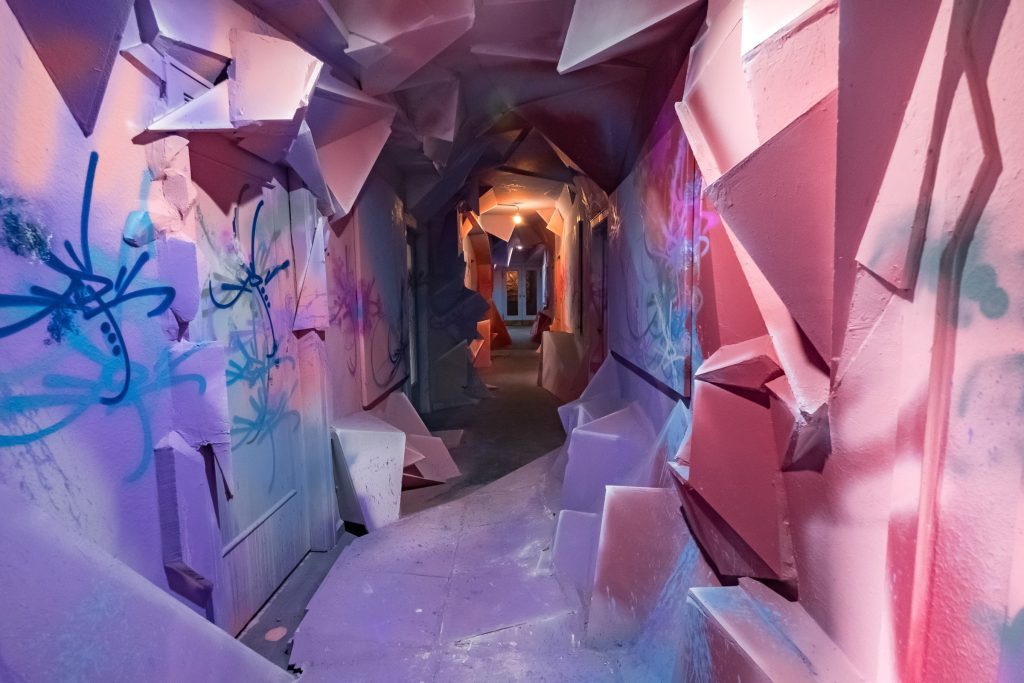
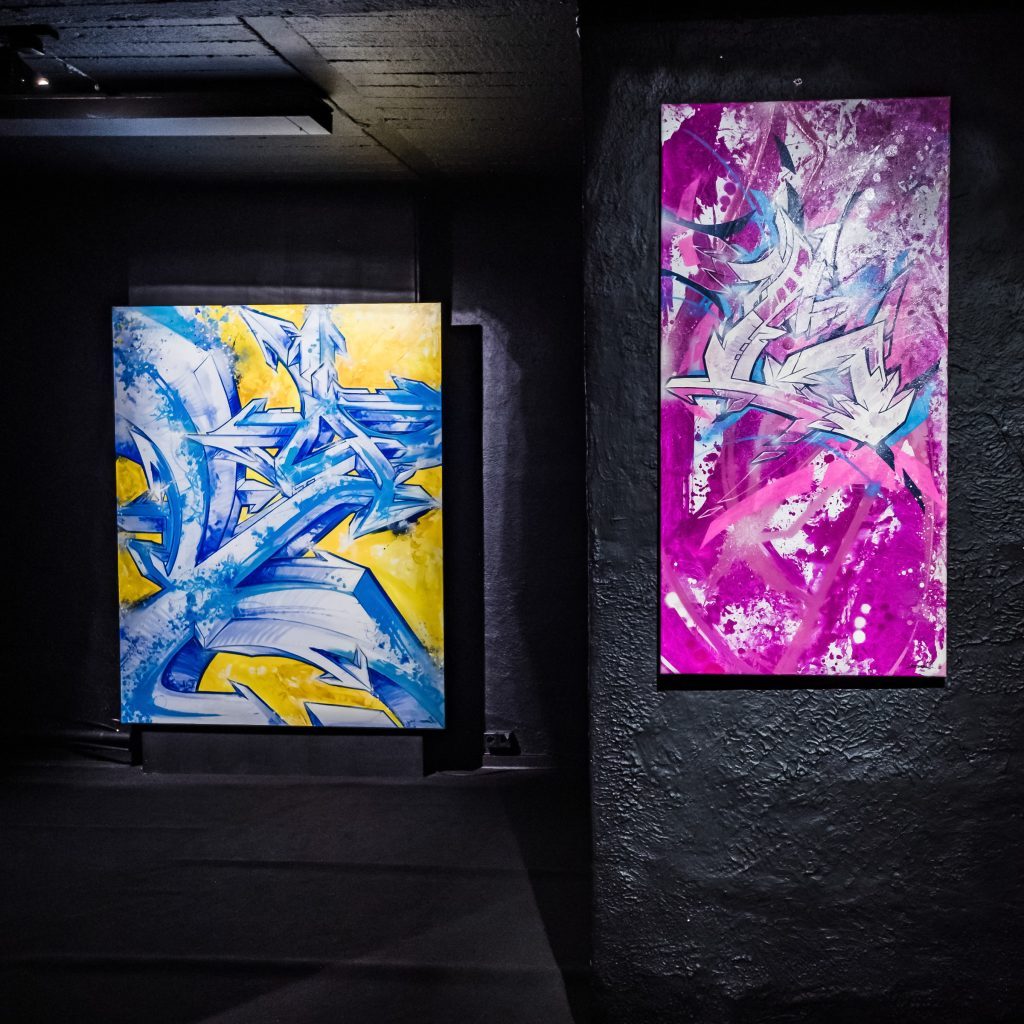
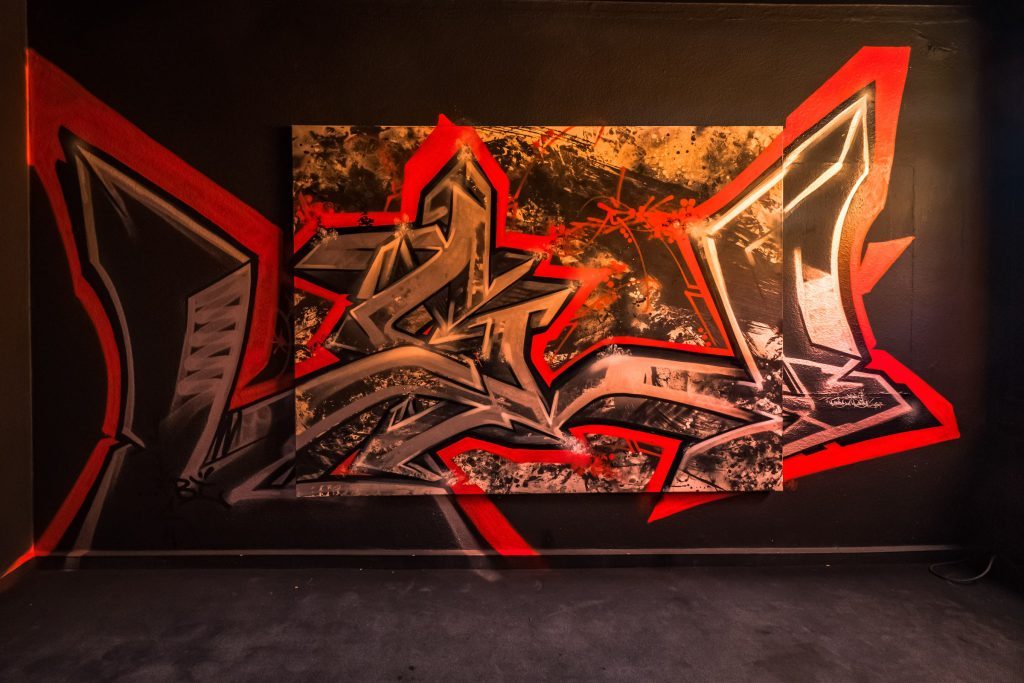
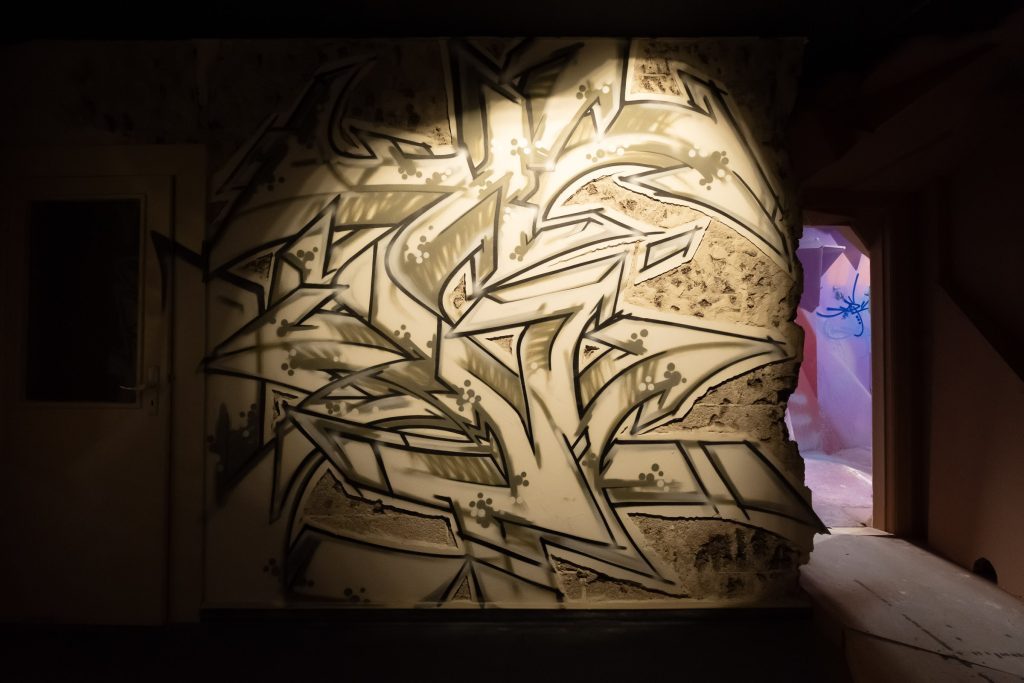
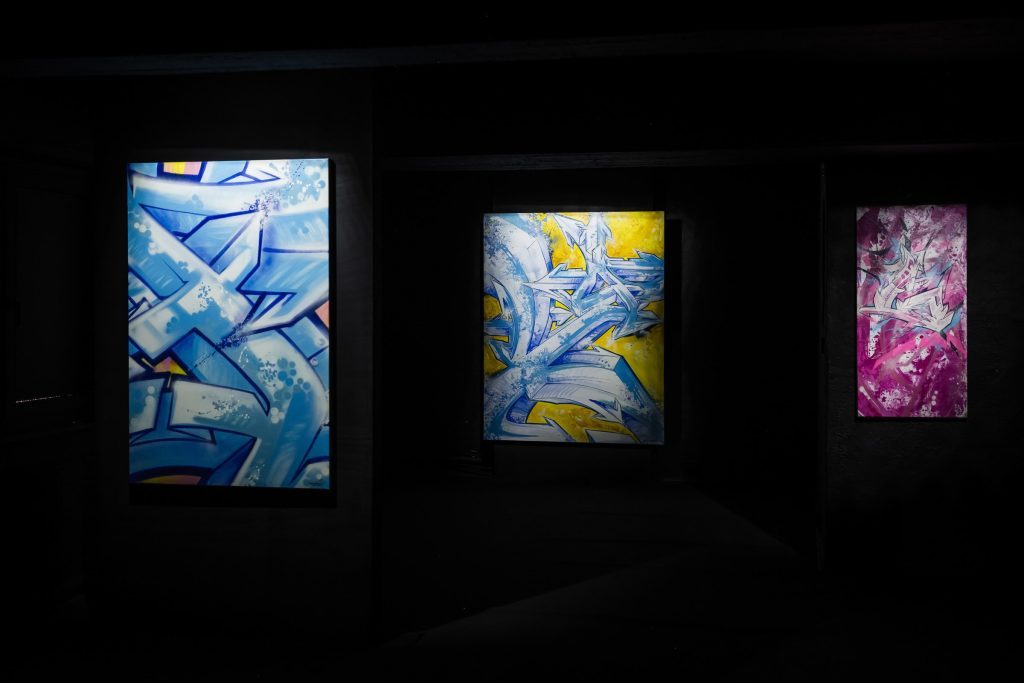
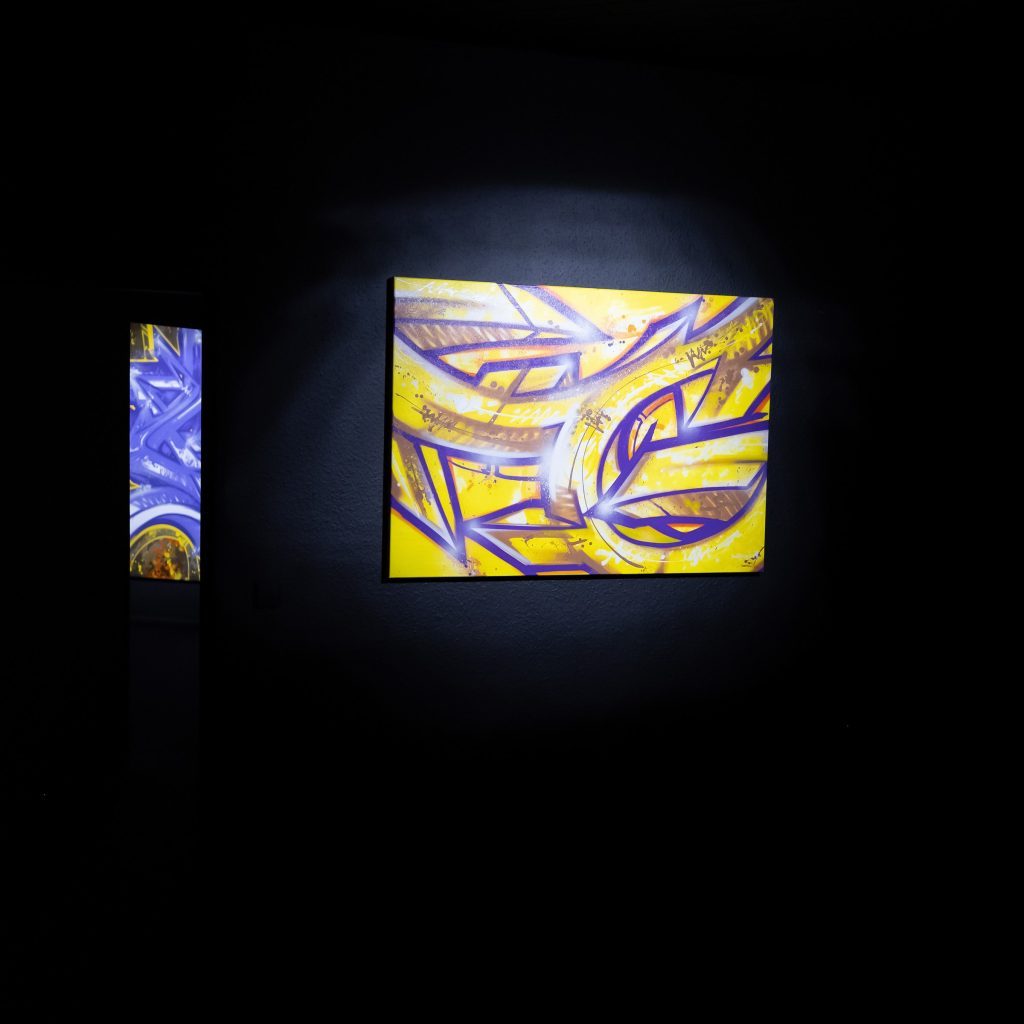
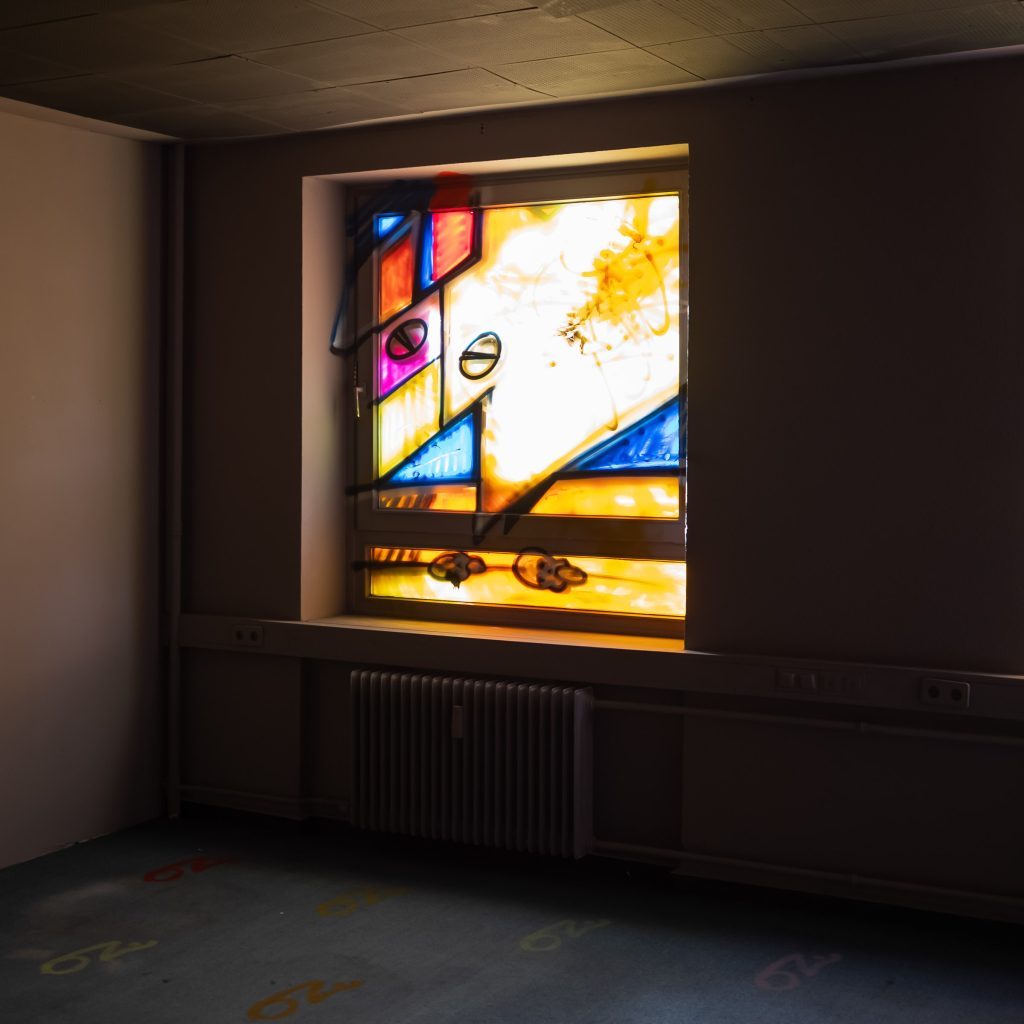
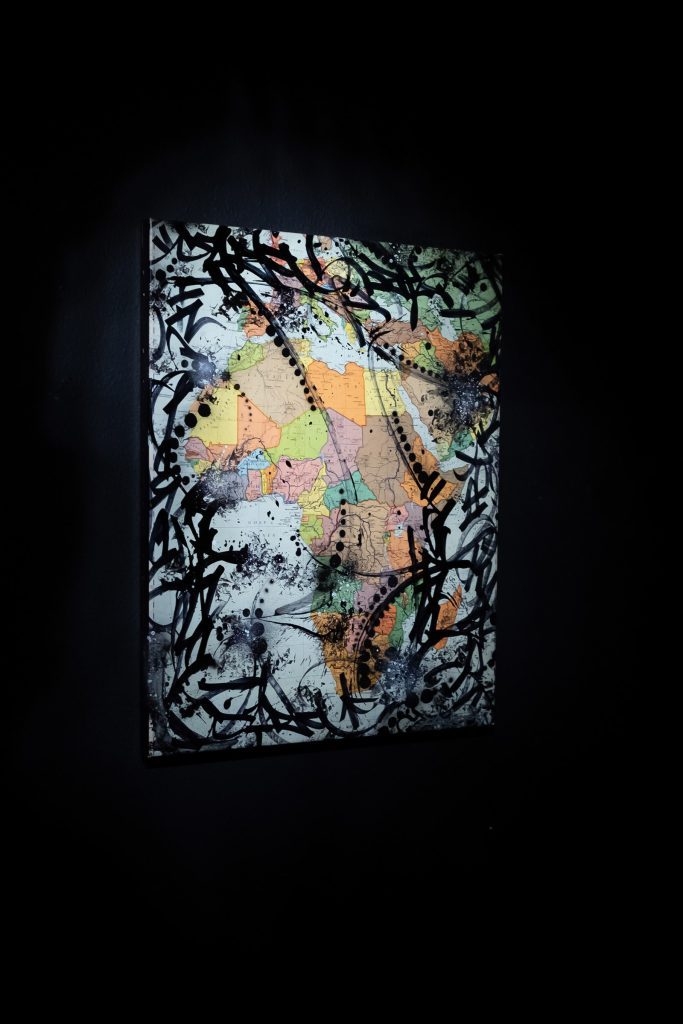
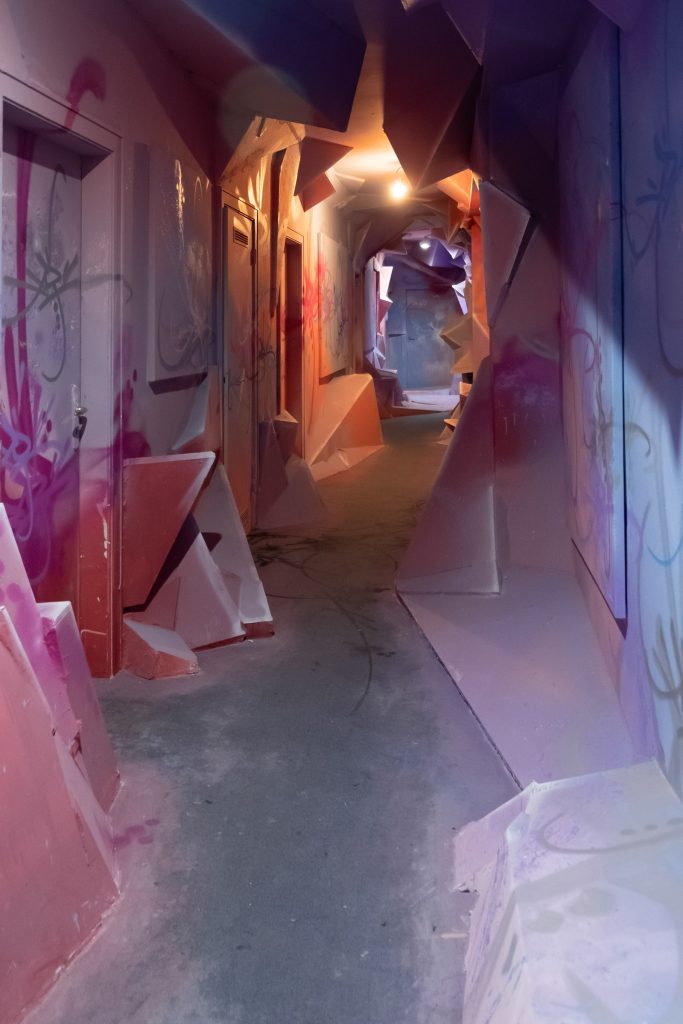
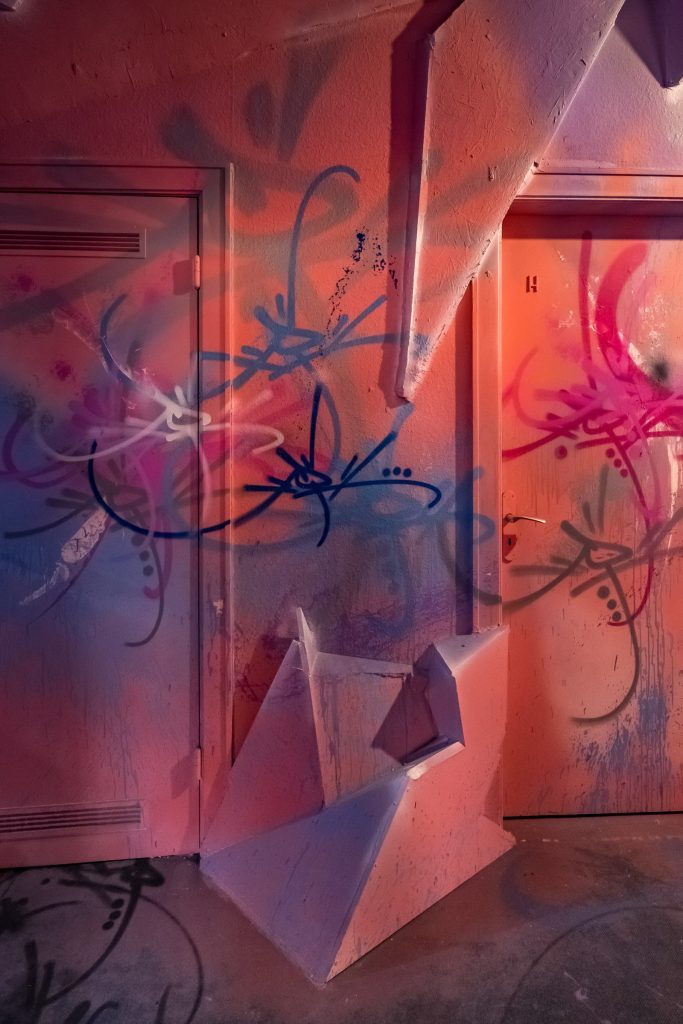
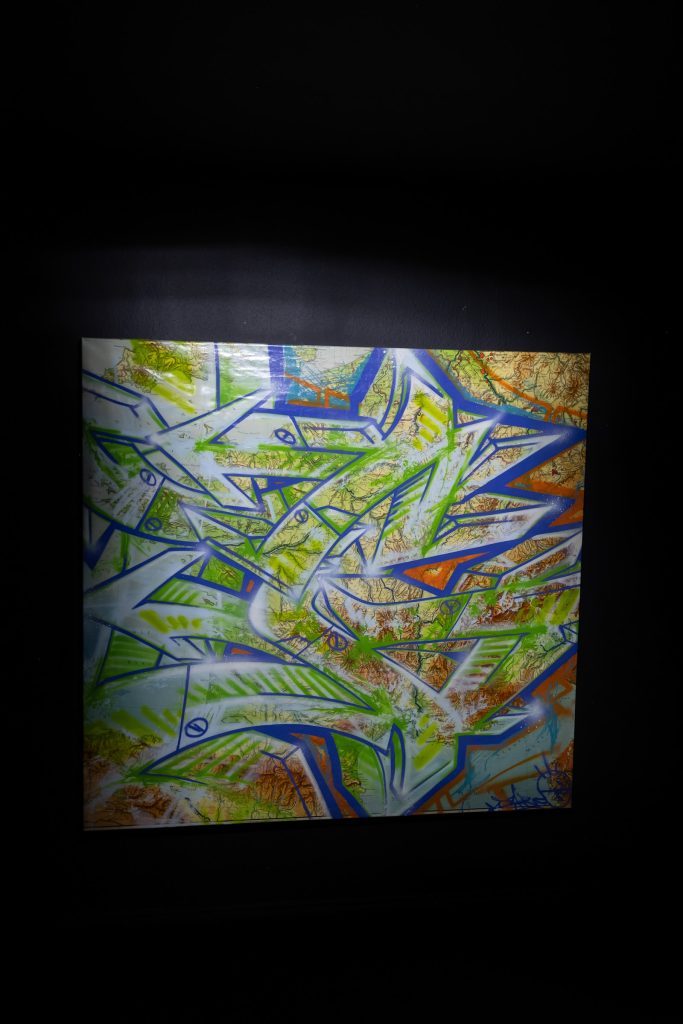
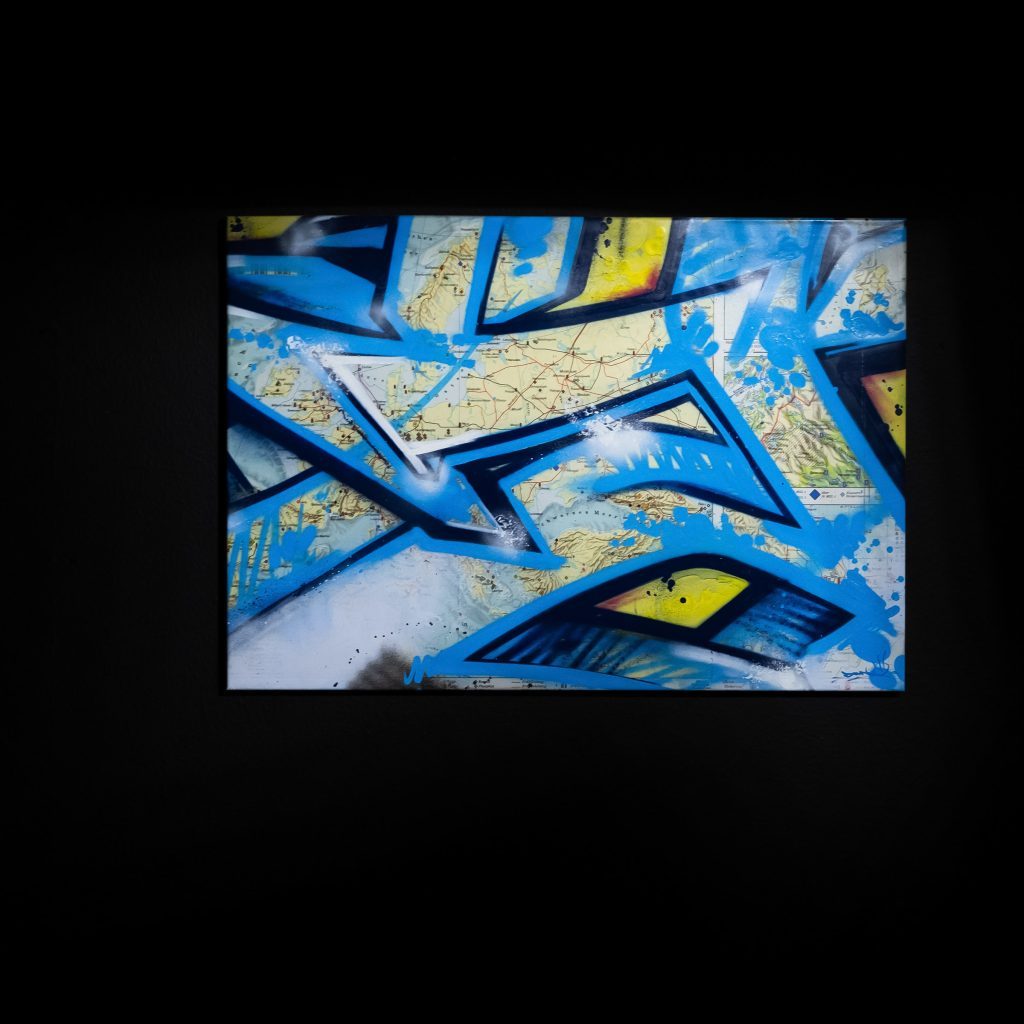
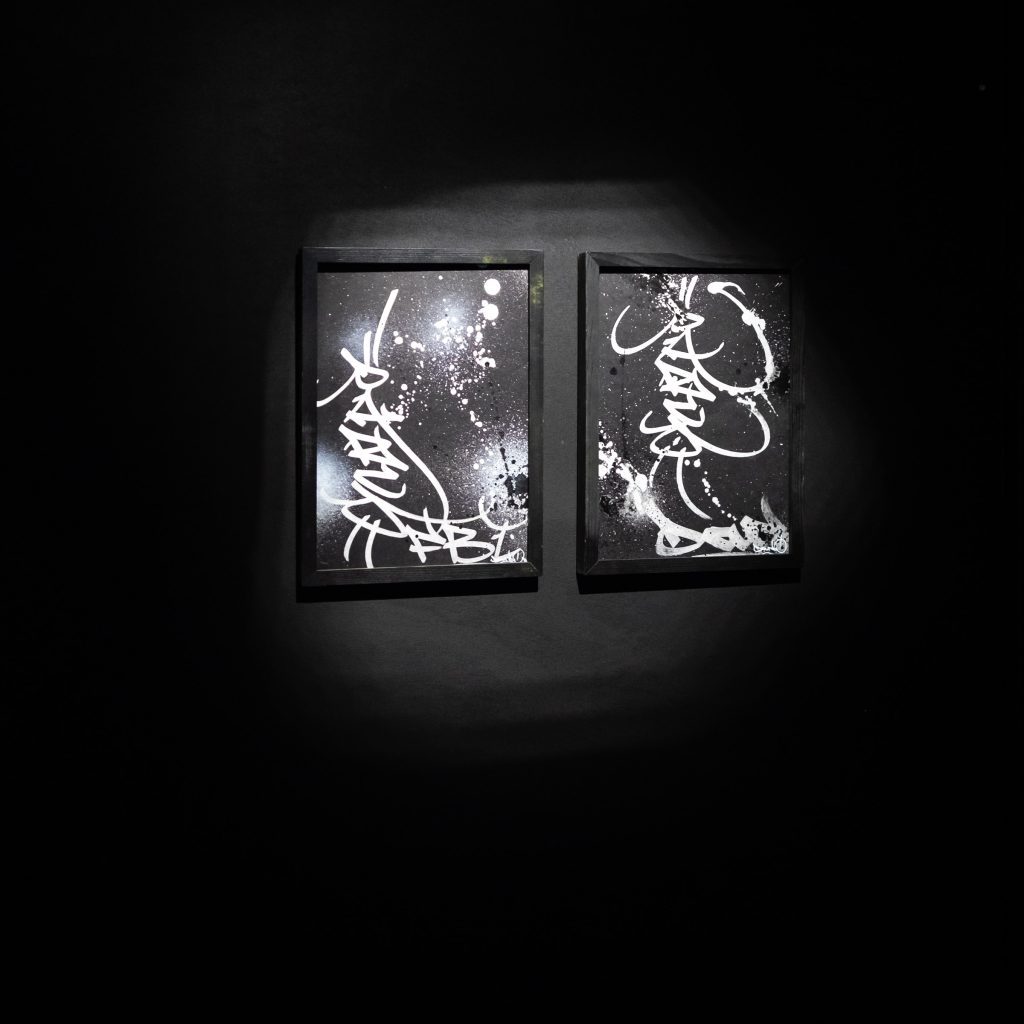
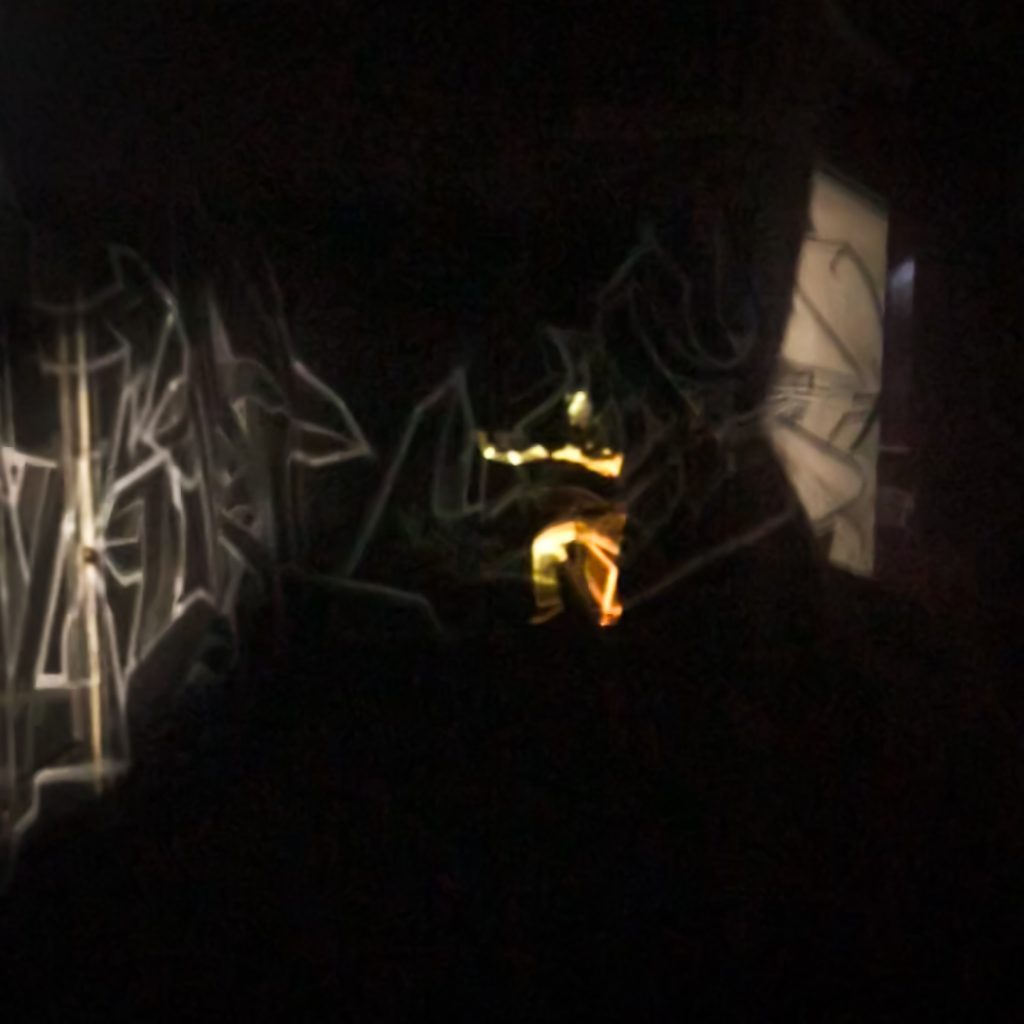
HEIMKIND’s story
Alex Heimkind lived in the Schanzenviertel back in 1989, initially in the Rote Flora. According to him, that was pure adventure and he mainly organized concerts. He was interested in free spaces early on, mainly in Berlin. In 2007, he found this atmosphere there again, at Bartelsstraße 45, when he returned to the Schanzenviertel, where the OZM was to be built. The Romanov sisters, who owned the old factory at the time, said to him: “Alex, you can rent this, and we’ll give you the other one on one condition: Nobody must know that it exists.” This was an incredible opportunity for him and a secret he was happy to keep. It was a place full of creativity and possibilities, starting with 9 artists in the OZM Art Space, he recalls: “With my Kung Fu brothers, we then built a 100 m2 secret room that was designed like a spaceship. Access was only possible via a secret door and an airlock. It was a real masterpiece of camouflage and spaceship design.Started as OZM Art Space, where the art was created, it has evolved into OZM Art Space Gallery, with four exhibitions a year. Each exhibition was a challenge and it was always about surpassing what we had done before. The last exhibition was with Darco FBI, Loomit, Won ABC, Danny Doom, mittenimwald, ArtOne, MIR, Darko Caramello Nikolic, Godling, Lady Wave, Sablage, TASEK, SIMO, STOHEAD, Dirk Vorndamme, Paco Sanchez, HEIMKIND, DAIM and Oz, it lasted two years and transformed the entire building, both inside and out, into a Gesamtkunstwerk. There were no end of highlights. This was also the place where we had the honor of meeting an Indian chief and medicine man of the Yaqui Indians. In our spaceship, he then explained to us that we should no longer be fighters, but should become lovers. Because this earth no longer needs fighters.”
The story of Heimkind and graffiti writing goes back to the early 80s. According to him, a formative moment was when he observed a punk leaving his tag on the U1 subway line in Kreuzberg: “It was like a secret ritual that only a few eyes were allowed to see. When he winked at me, I felt like I was part of an exclusive club. It was an act of rebellion and expression that fascinated me and sparked my own passion for graffiti. In short, my beginnings in graffiti culture were characterized by anarchy. For me at the time, it didn’t matter what I painted because it wasn’t about taking photos of it or documenting a personal story. Rather, it was a spontaneous reaction to the place, a kind of sign of loss of control over this space. It was about the moment and the immediate freedom of expression, without regard to conventions or rules. It was a form of protest and freedom. In 1994, however, I stopped painting and graffiti completely and instead devoted myself entirely to digital music and other creative projects. The others kept on spraying and designing the clubs or exhibiting where I made music.”
From 1992 to 1999, Heimkind had a studio in an artists’ house in Wendenstraße in Hamburg Hammerbrook, where he helped organize many exhibitions and events, even back then under the name HAMMERBROOKLYN. Oz had already asked Heimkind in the mid-90s whether he could exhibit and manage him. At the time, however, this seemed absurd to Heimkind, who replied that it might be possible in the future. It was only at the OZM that they really got to know each other. From 1999 to 2006, Heimkind was at home in the Mercedes Haus in Hamburg on the Elbbrücken. Right below him were the guys from Getting Up, like DAIM, and they probably cooked together every day, among other things. He also met Darco and Loomit there, it was 1999, Heimkind had his time machine with which he made music, they had their spray cans and that’s probably where they became friends. Friendships and projects developed that have lasted for 25 years and once again show that art connects.
Unfortunately, the OZM HAMMERBROOKLYN Exponat is due to close in 2024. The building is to be demolished. It was temporary, but Heimkind is reasonably confident and already has a concrete vision for the future with mobile containers for art that can be stacked and could travel, thanks to helicopter transportation. Drafts, animated films and models of his idea are presented in Hammerbrook, and two empty containers are already waiting in the courtyard.
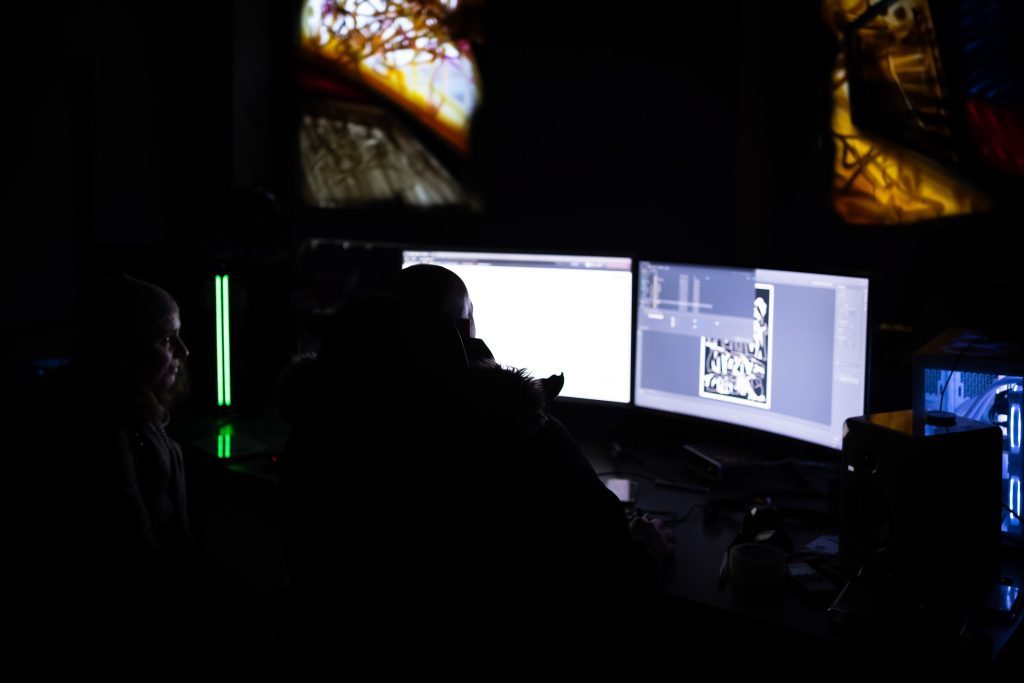
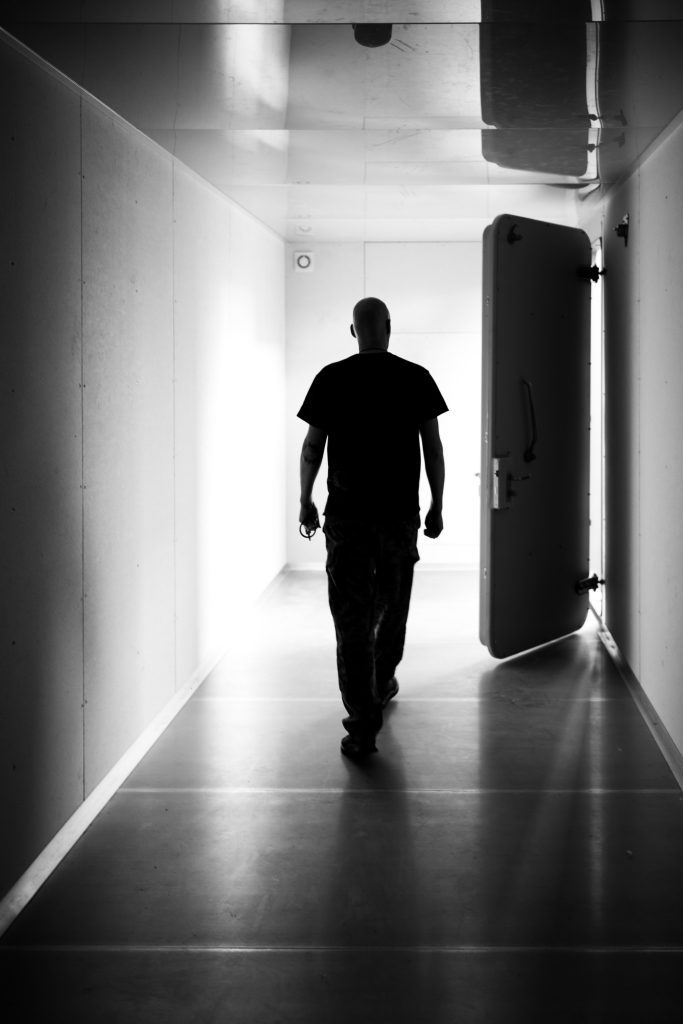
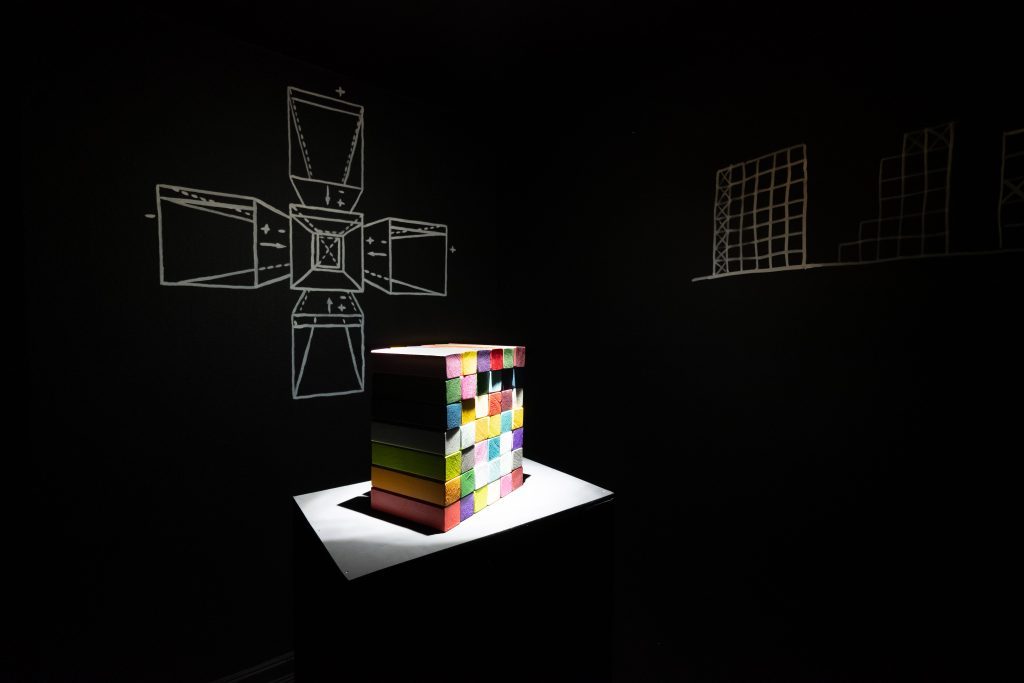
95 views
Categories
Tags:
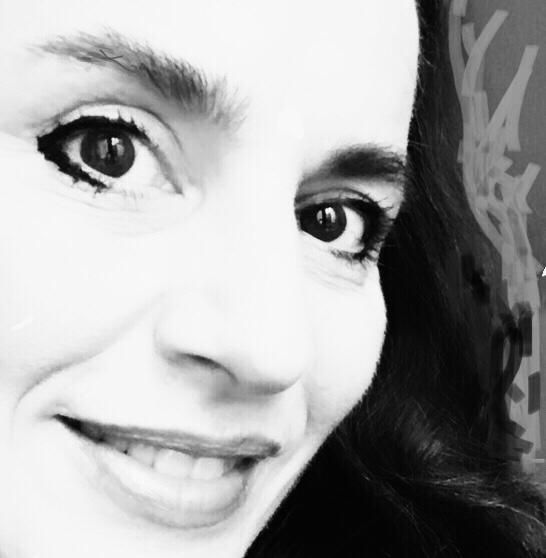
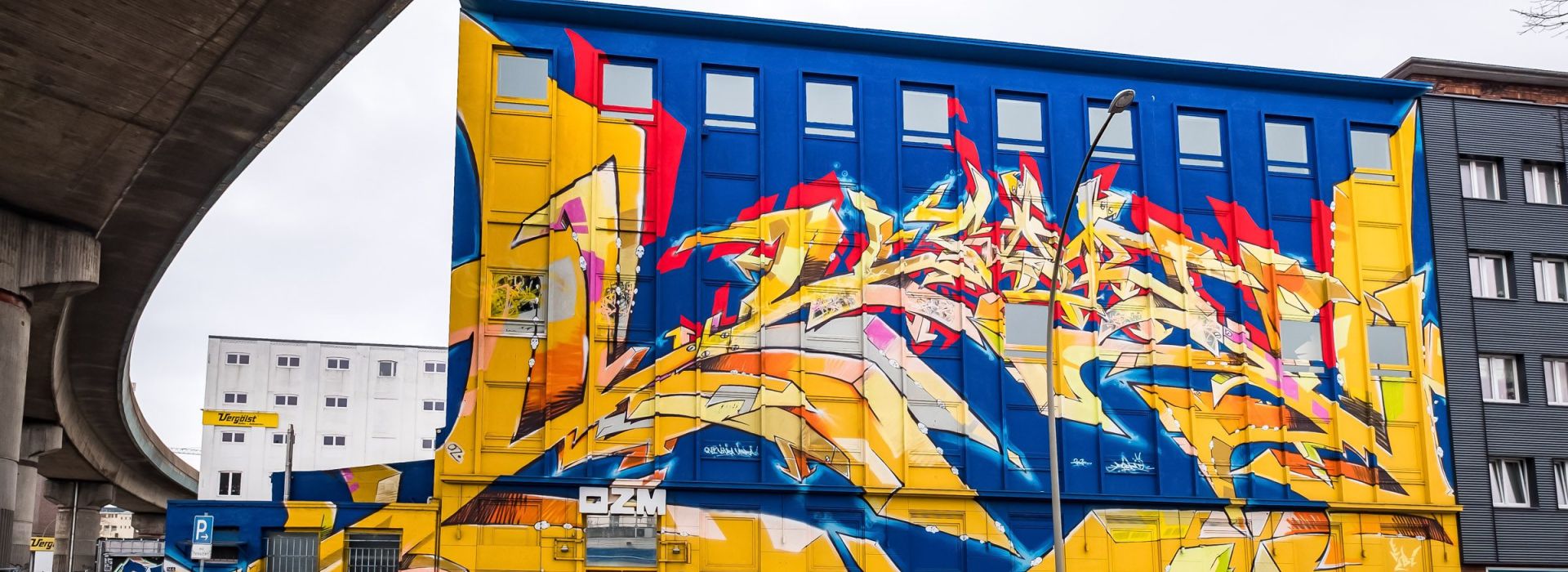
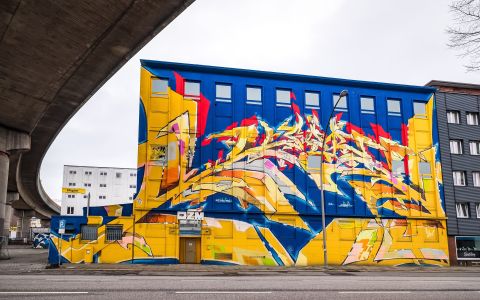
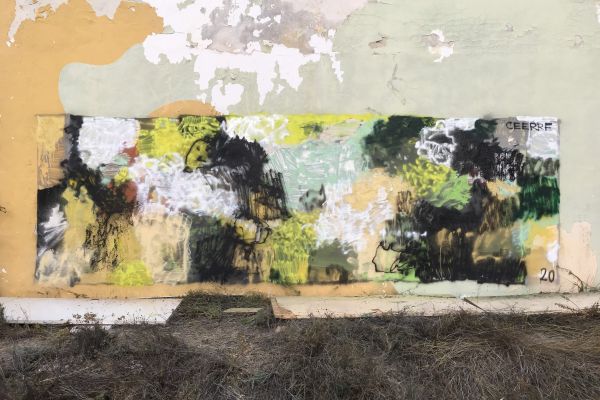
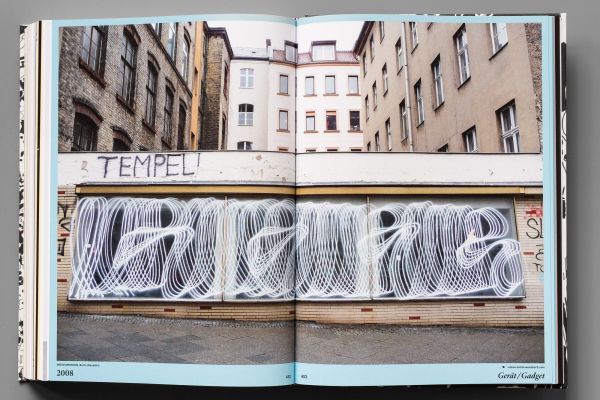
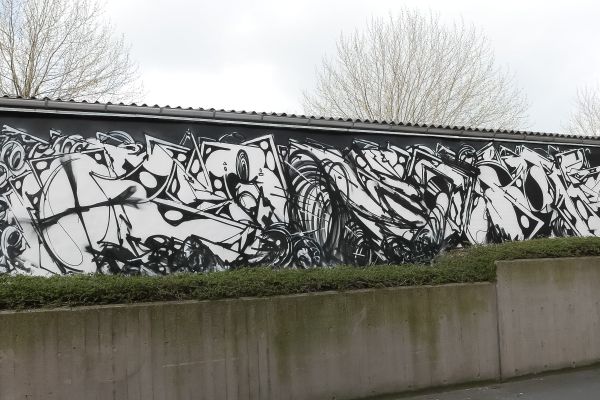
Leave a Reply